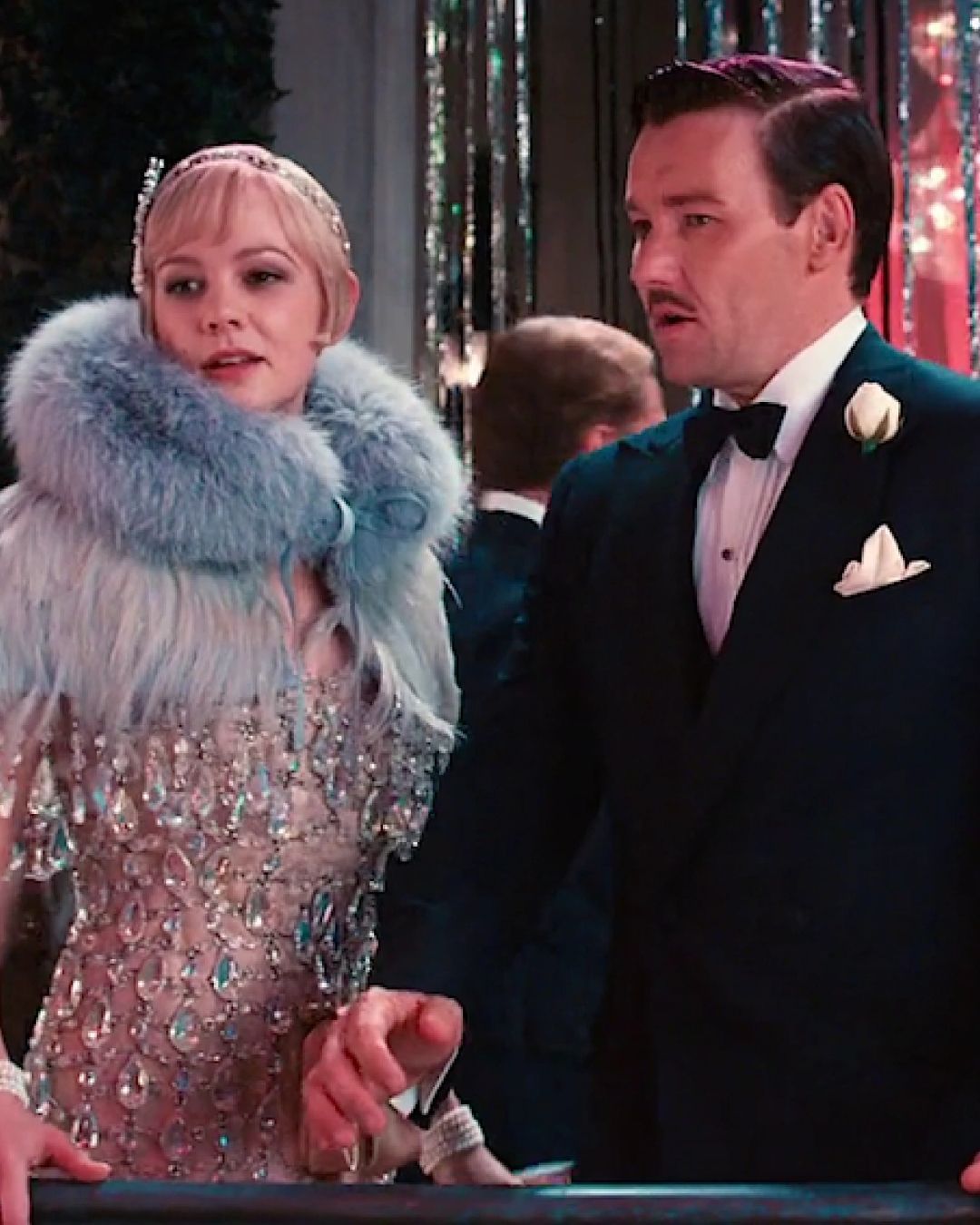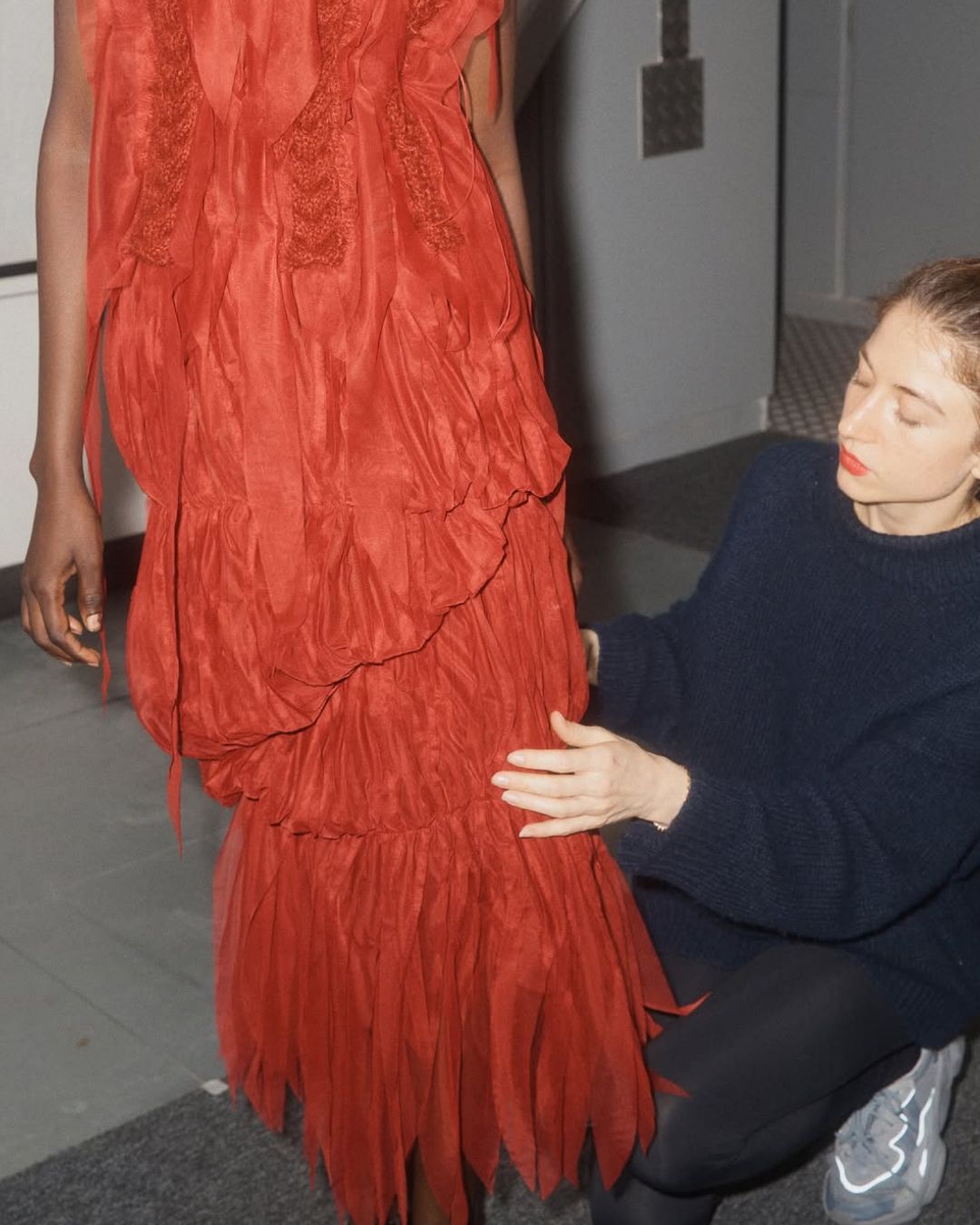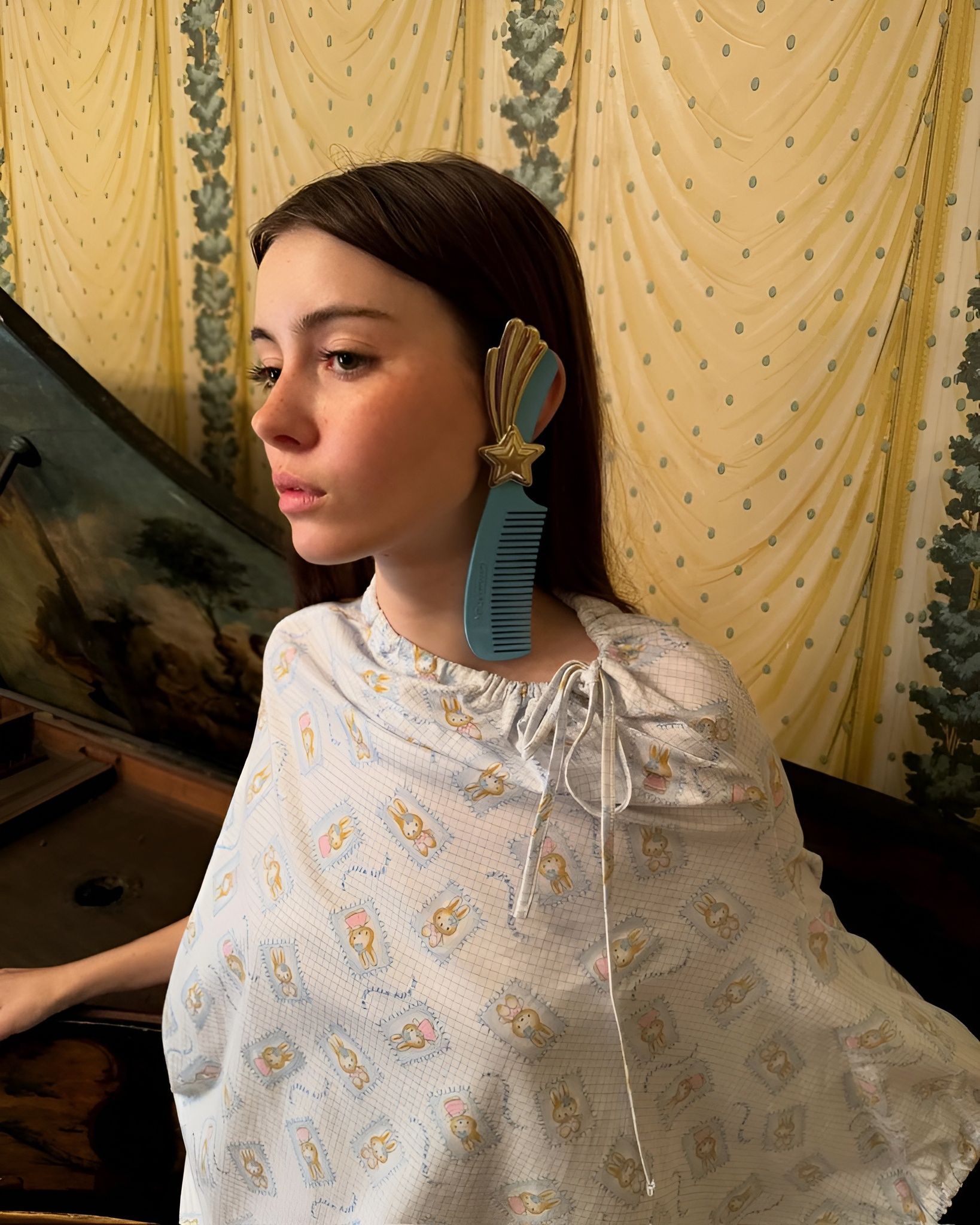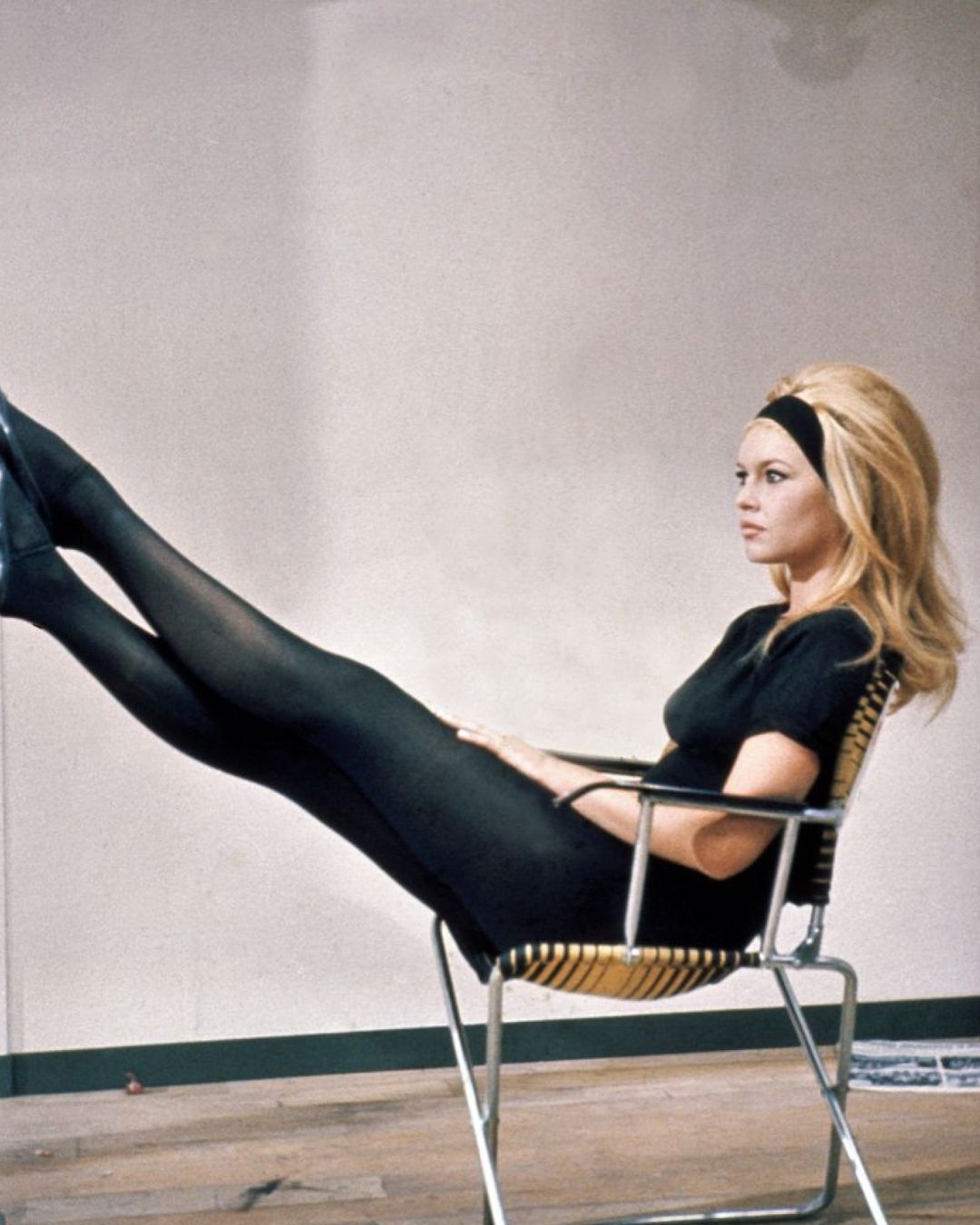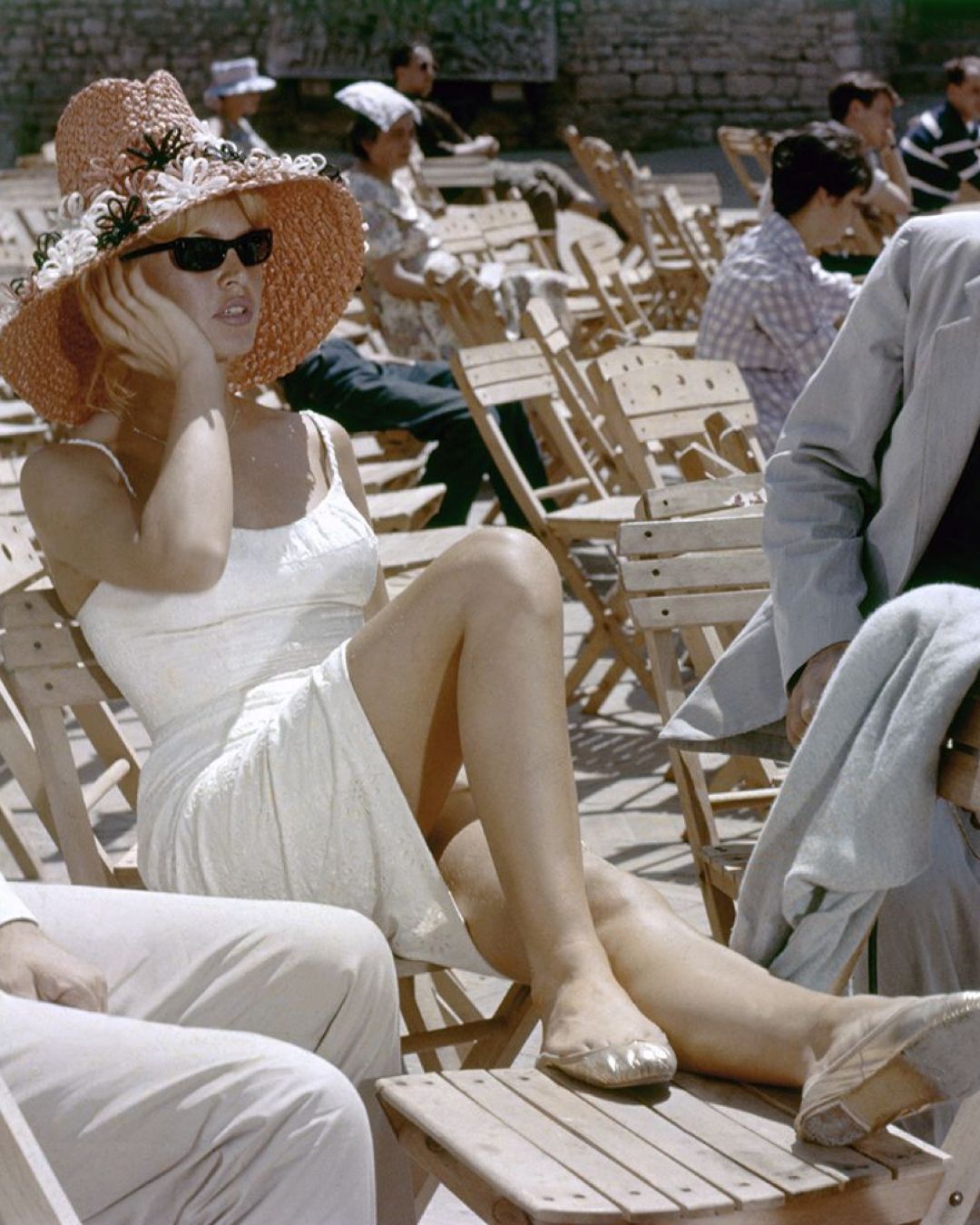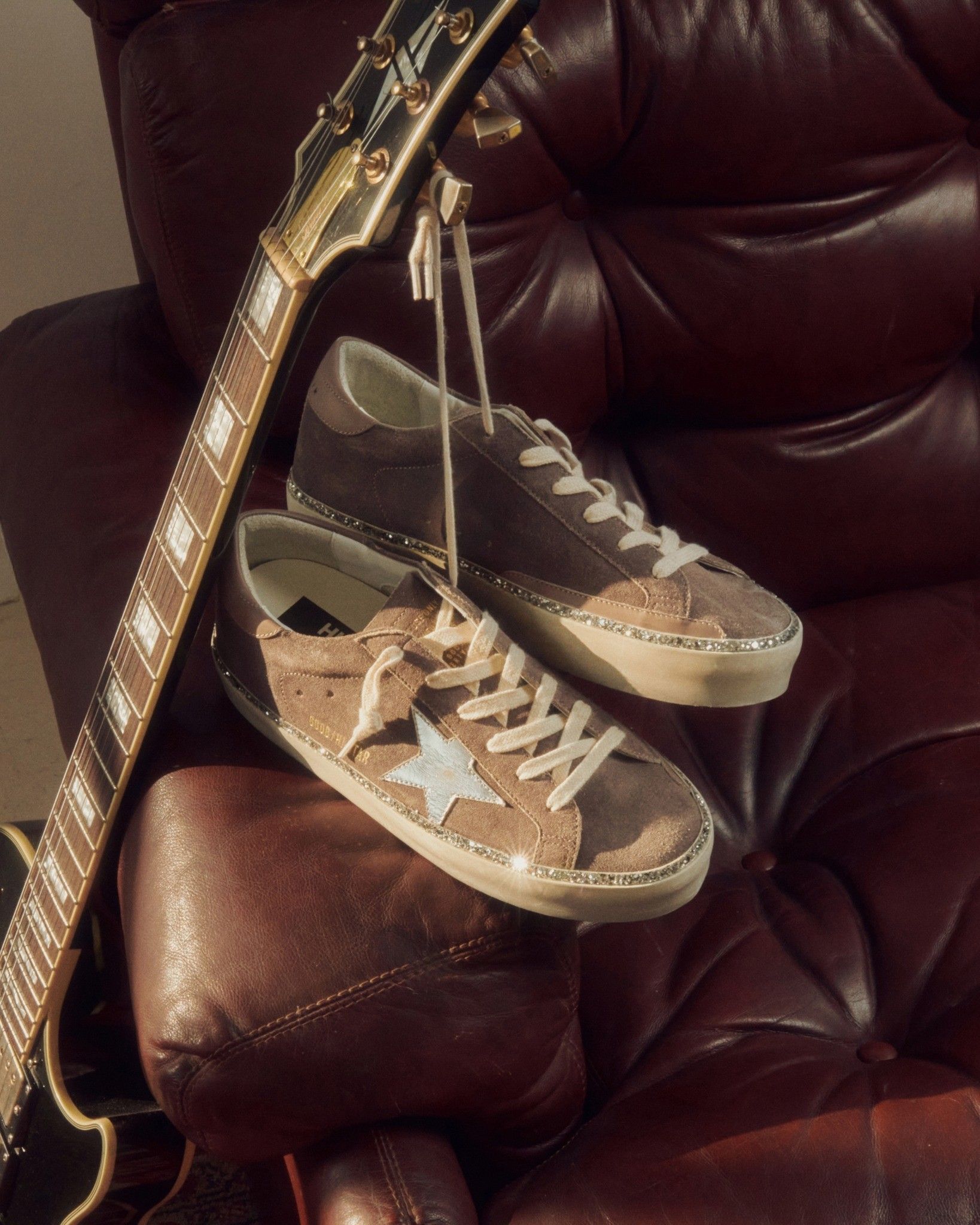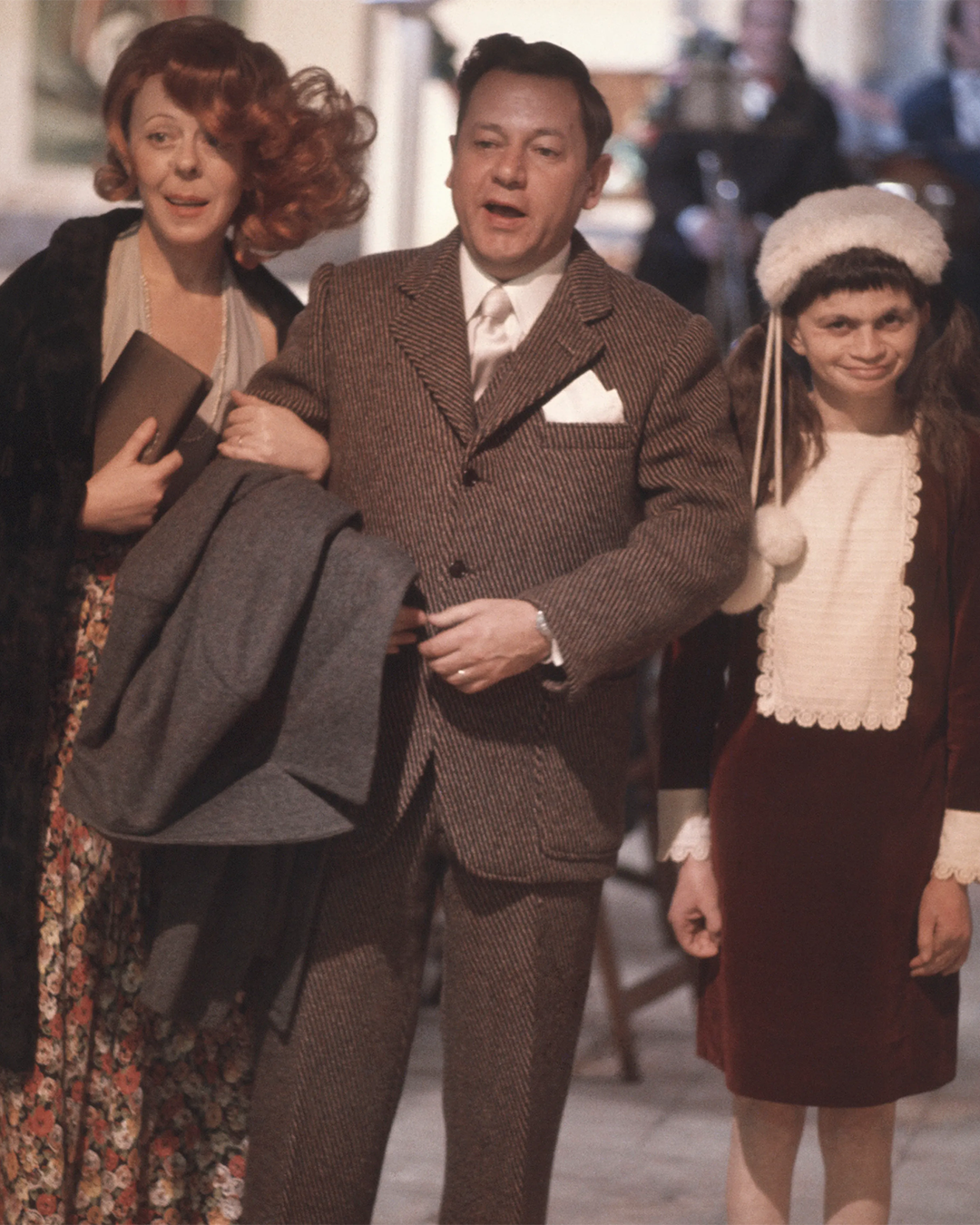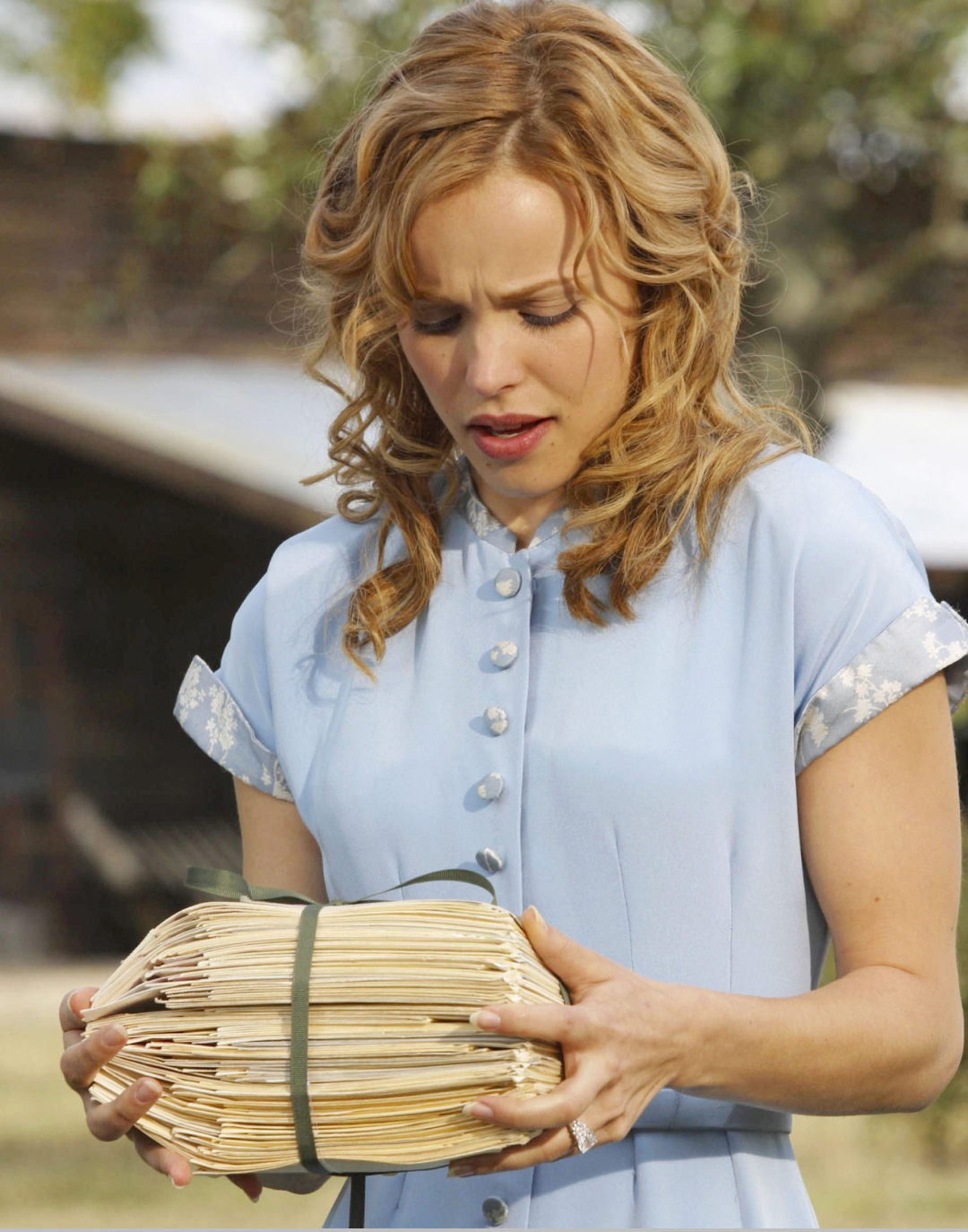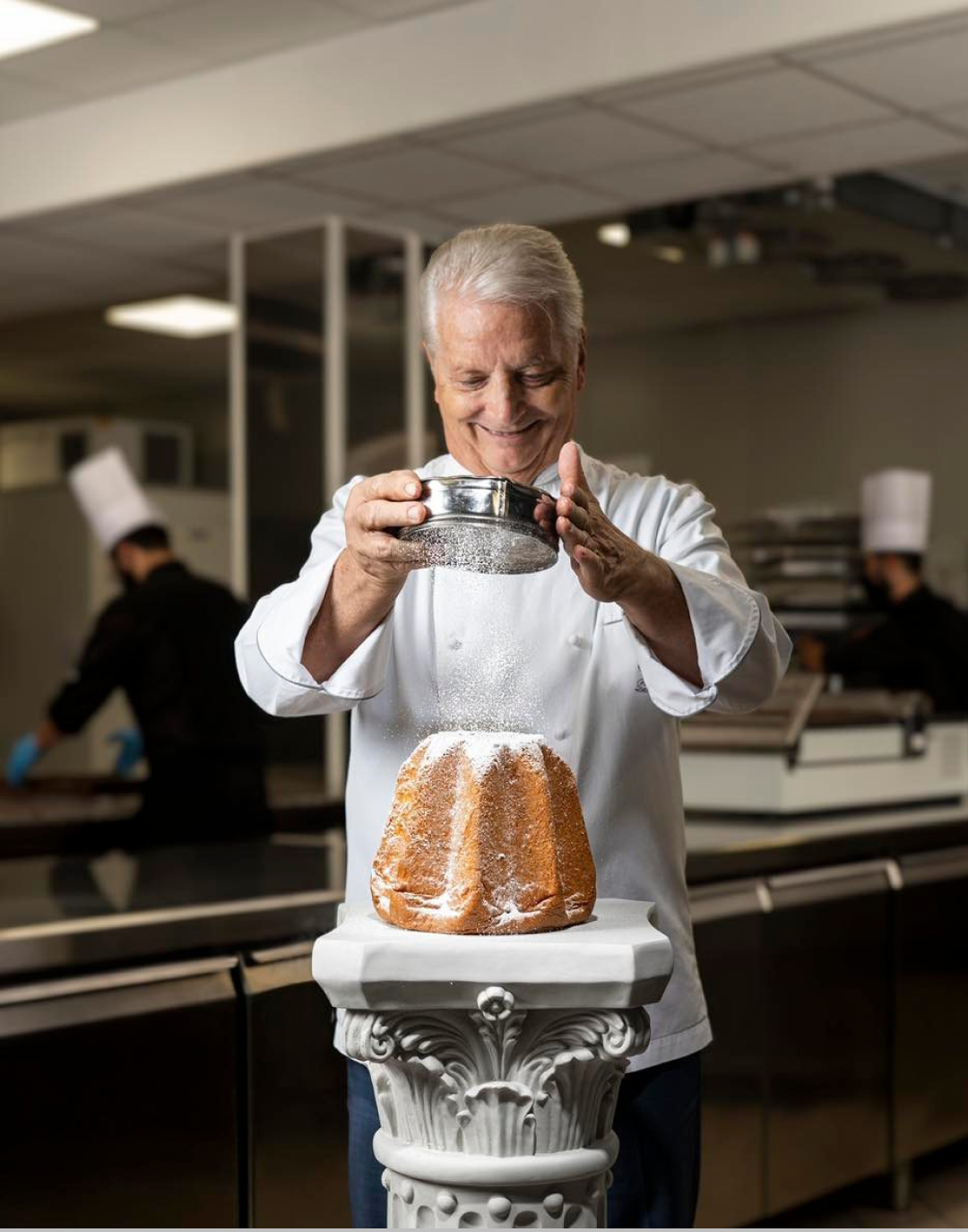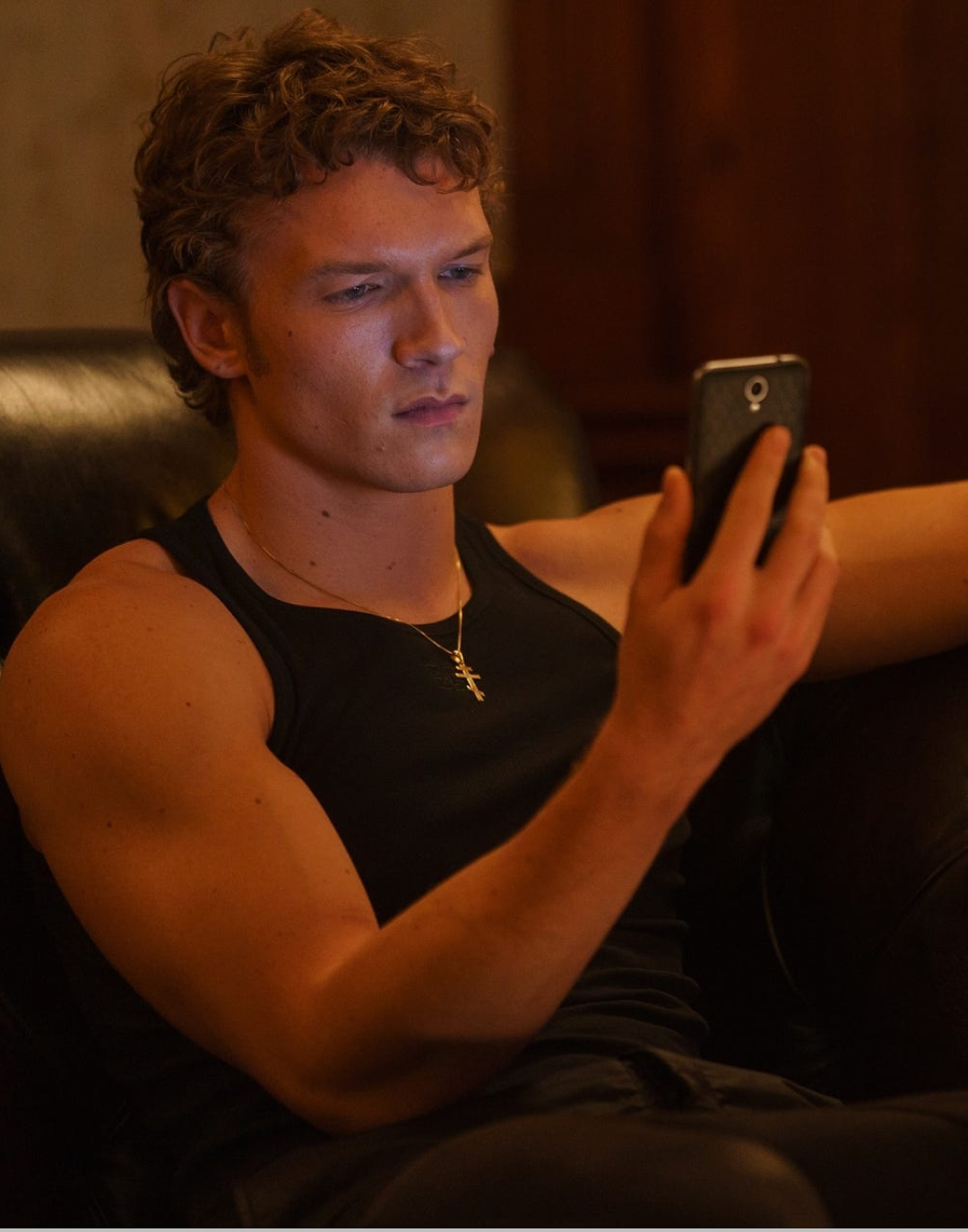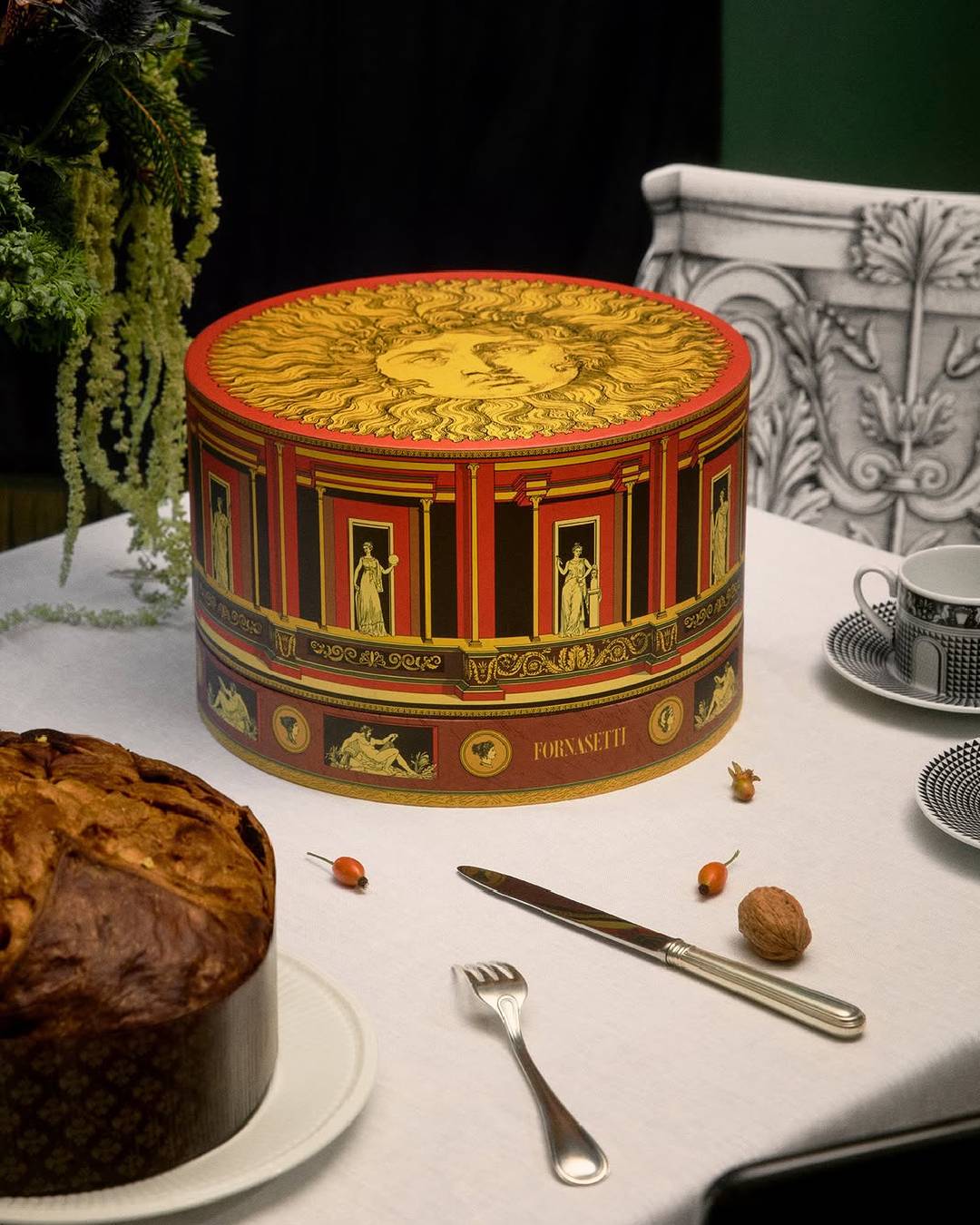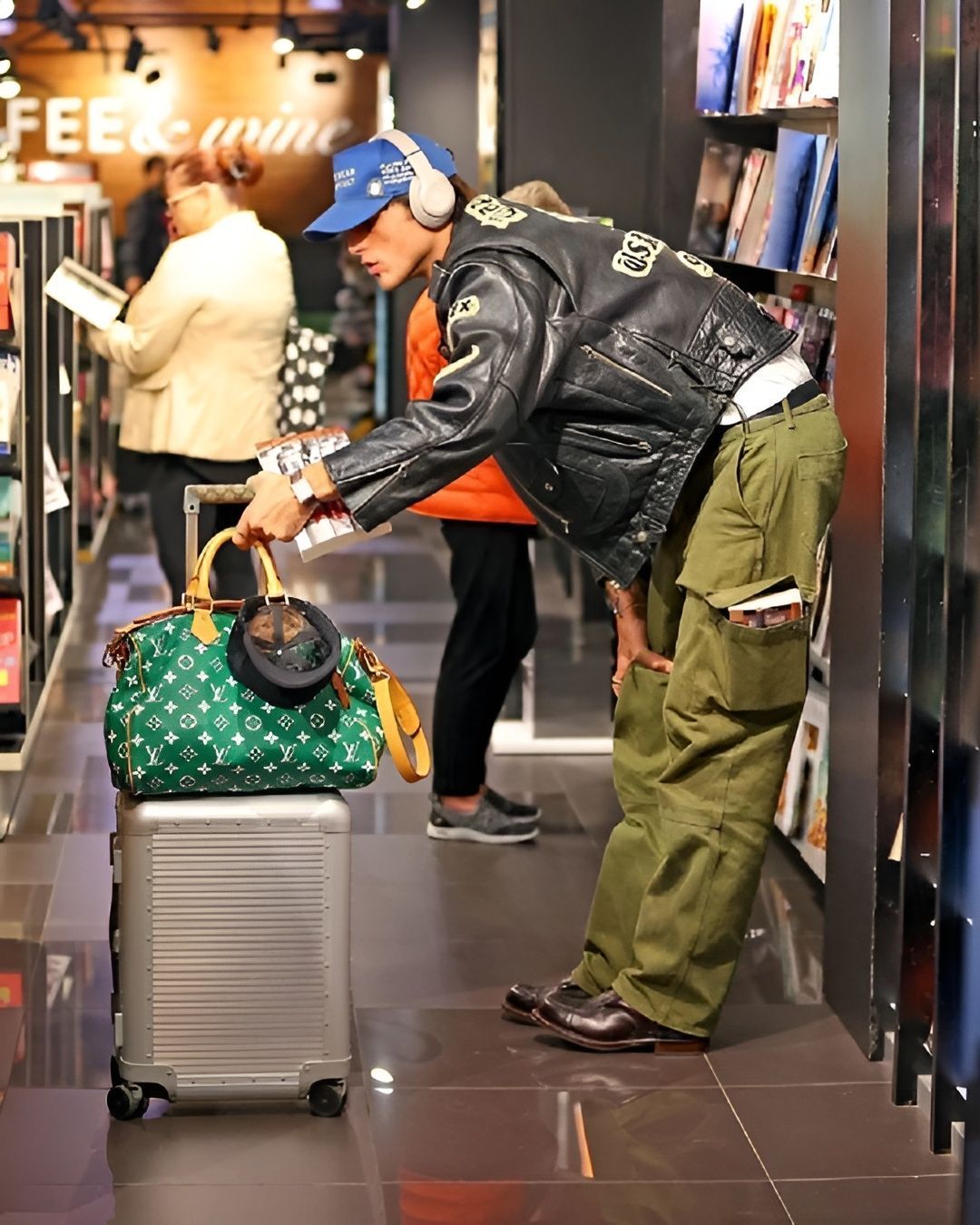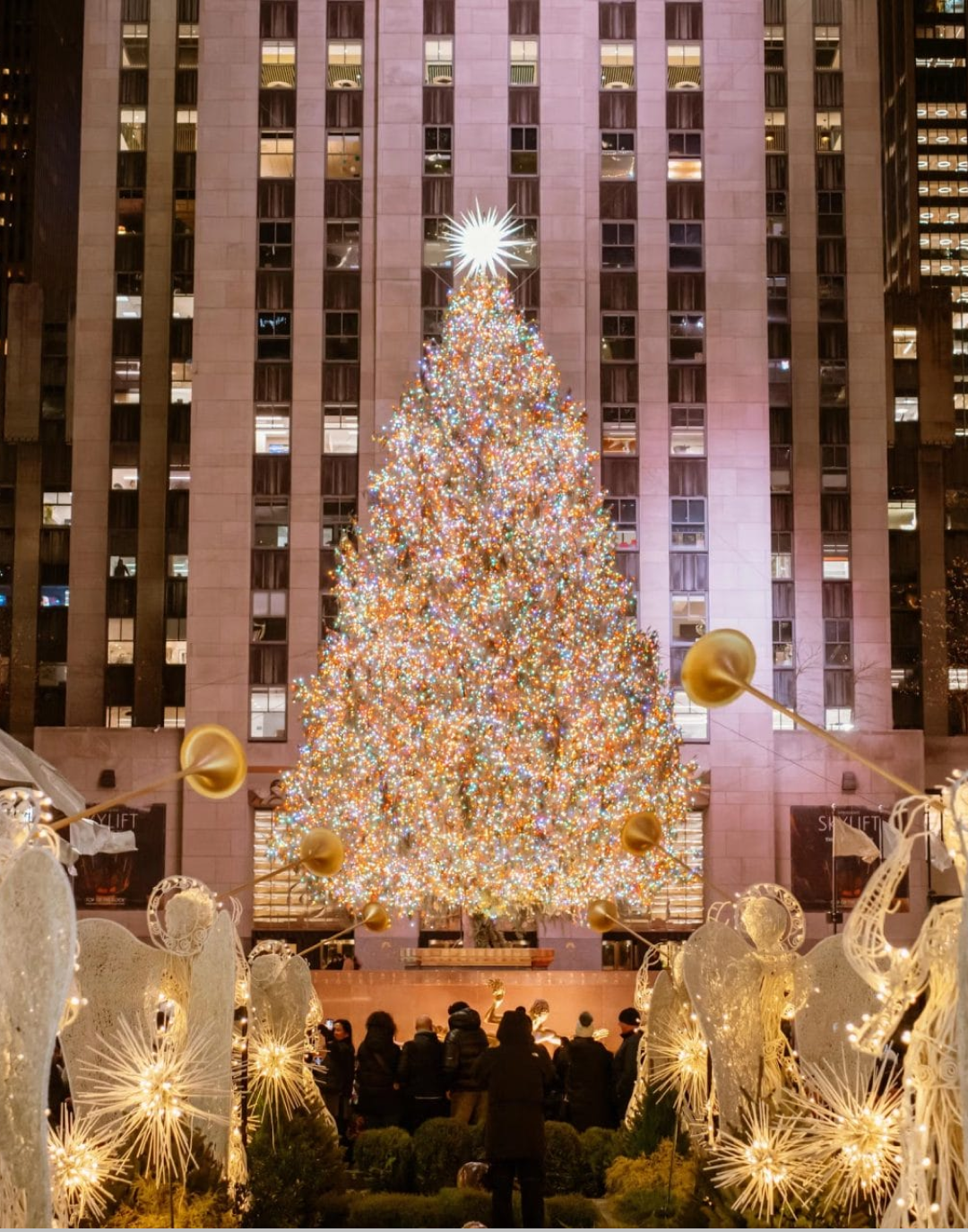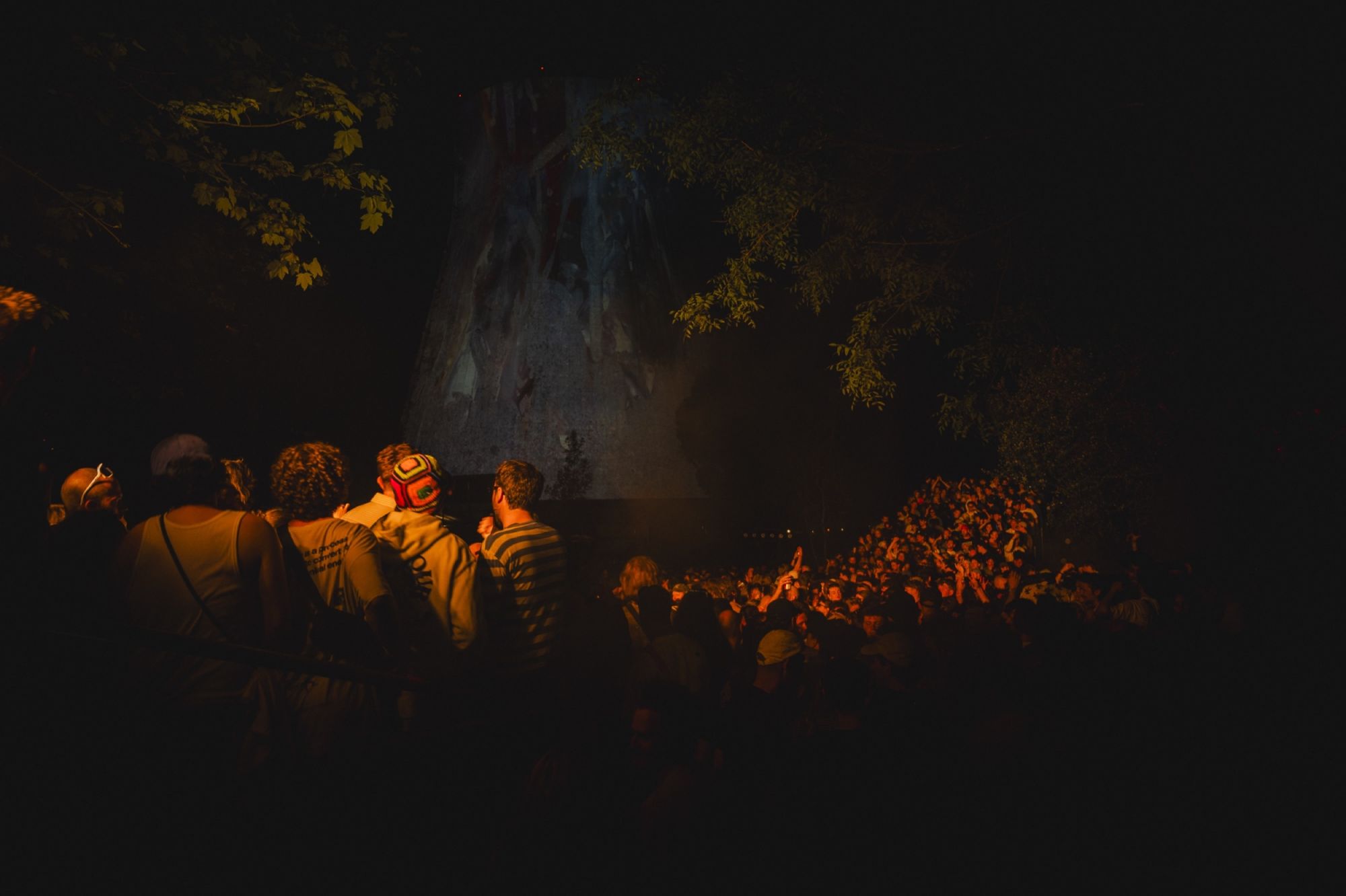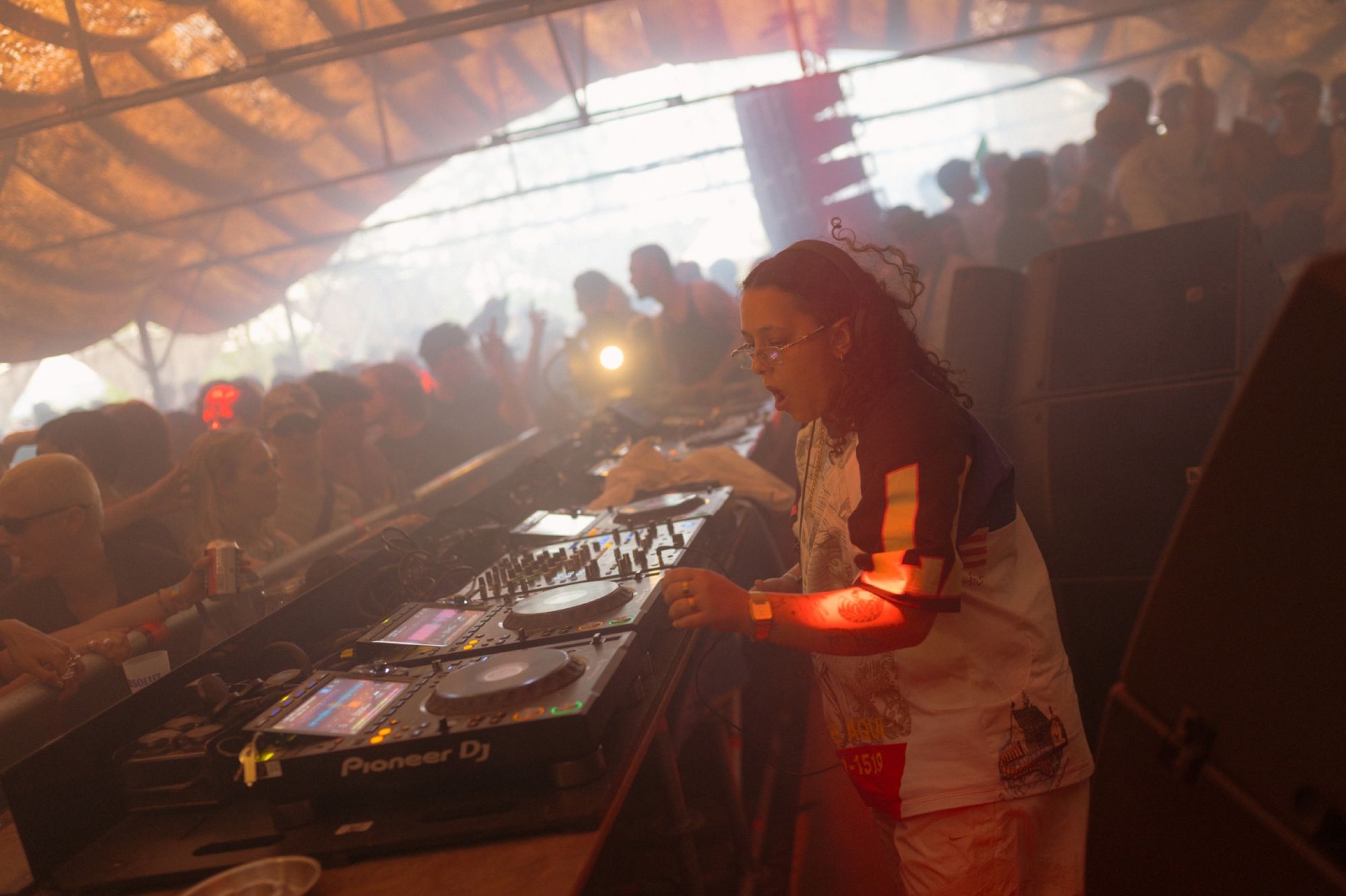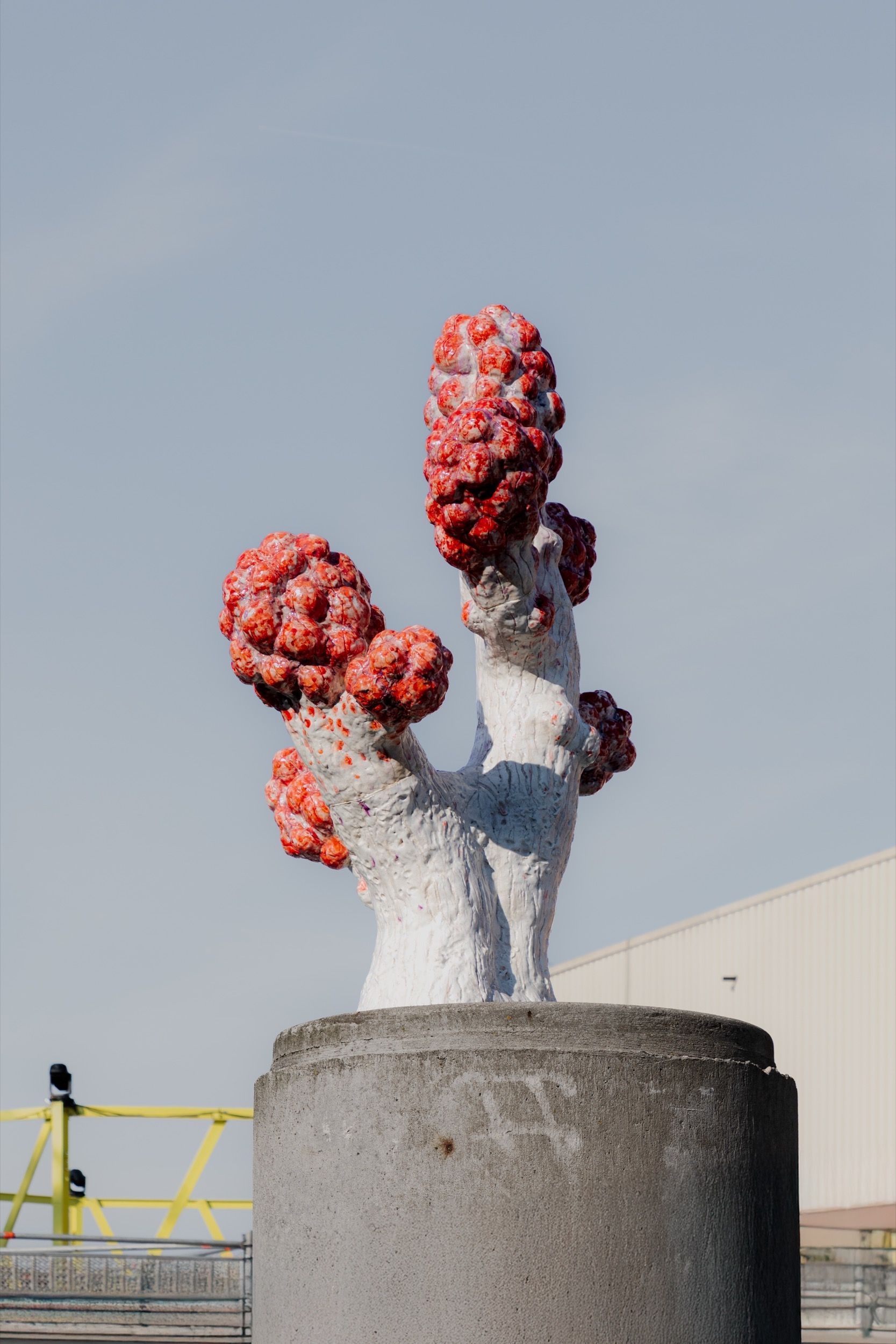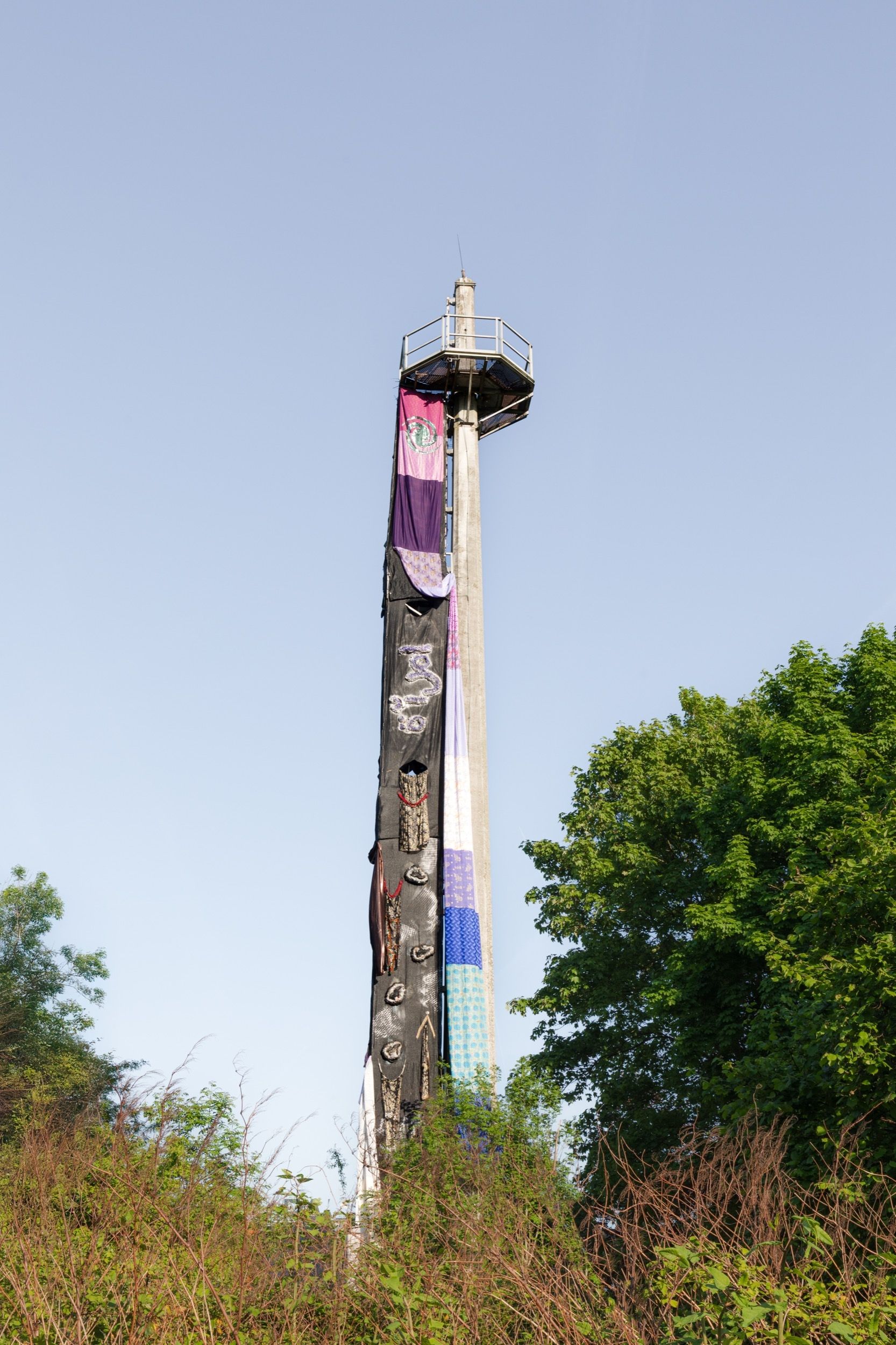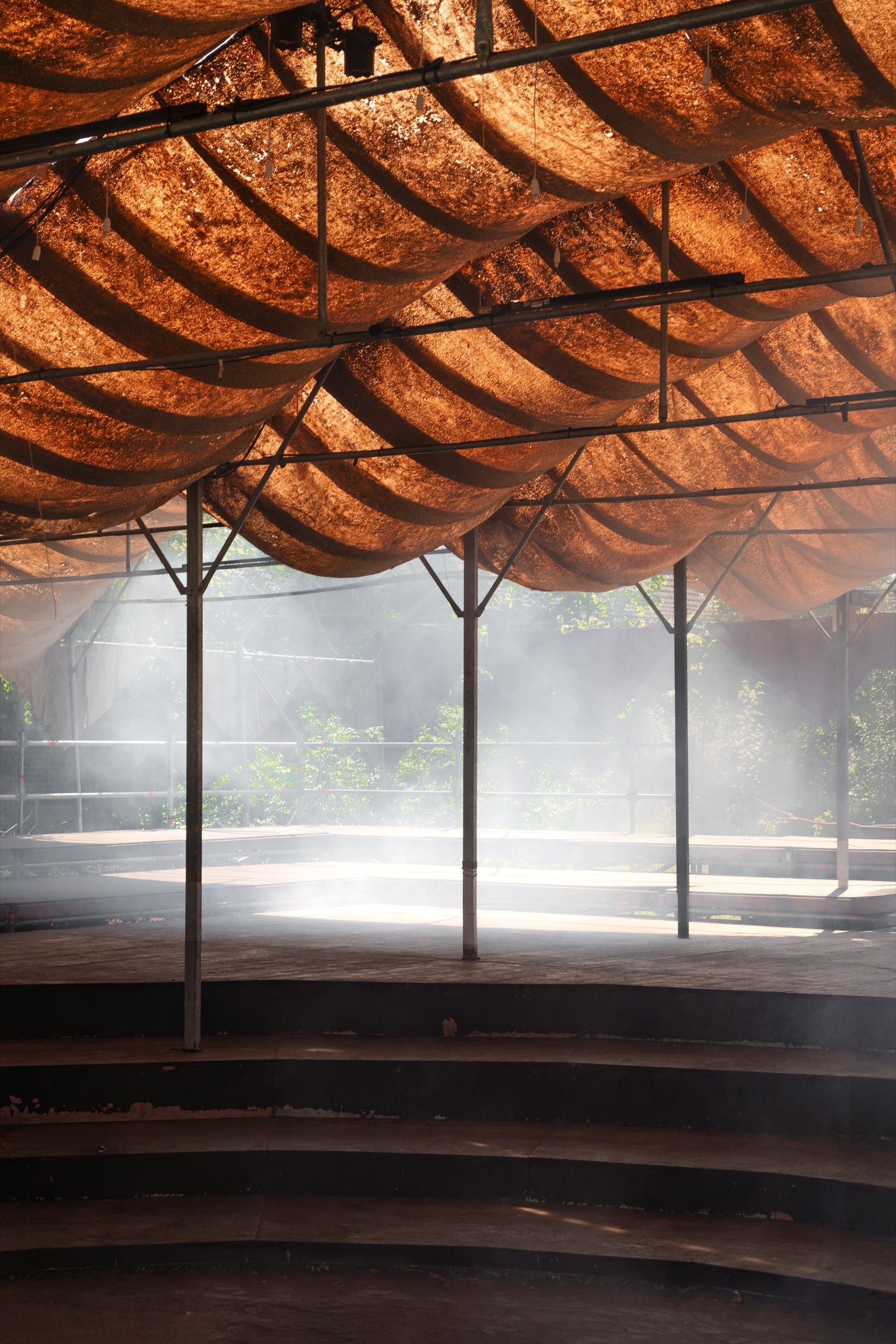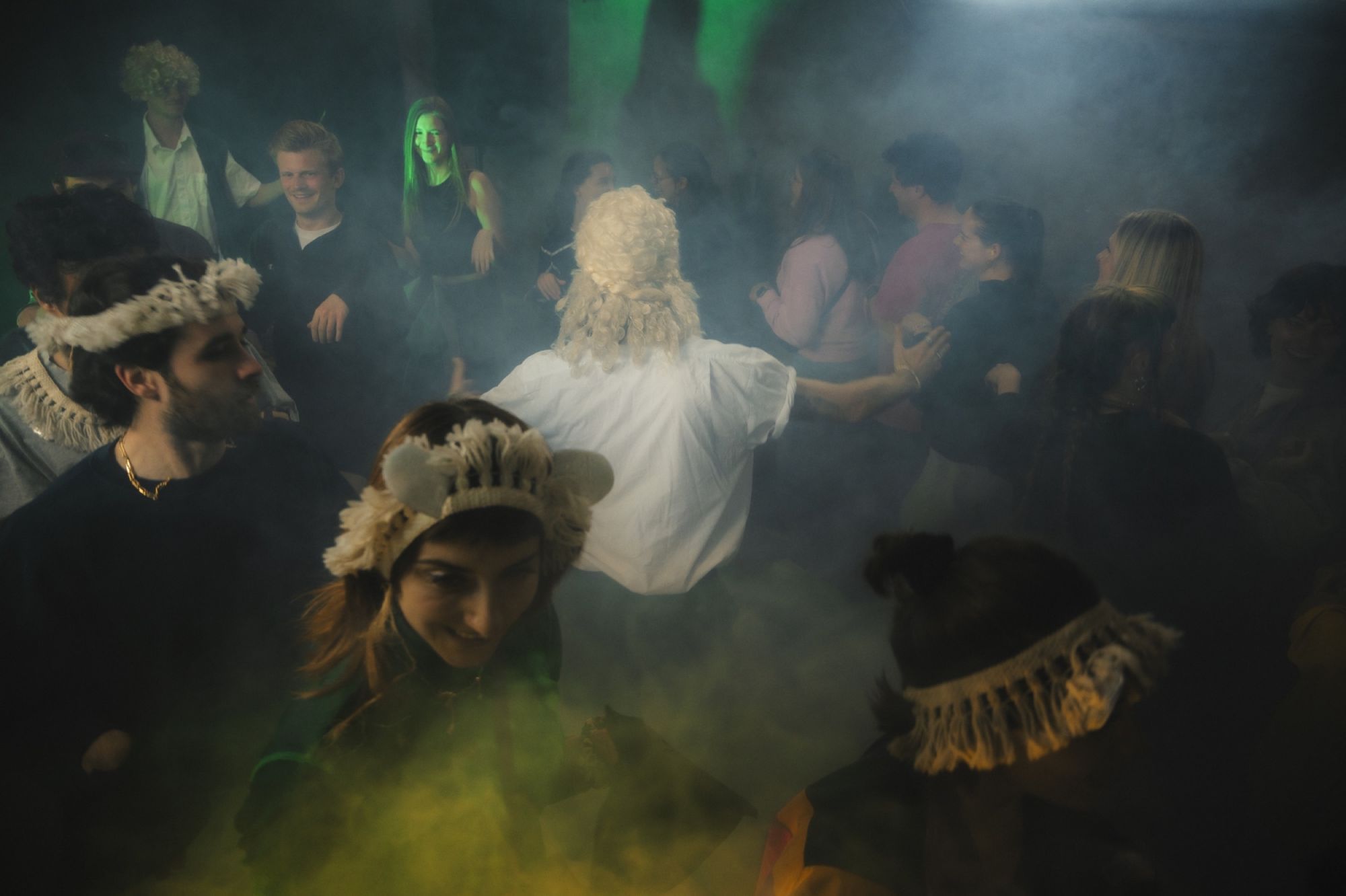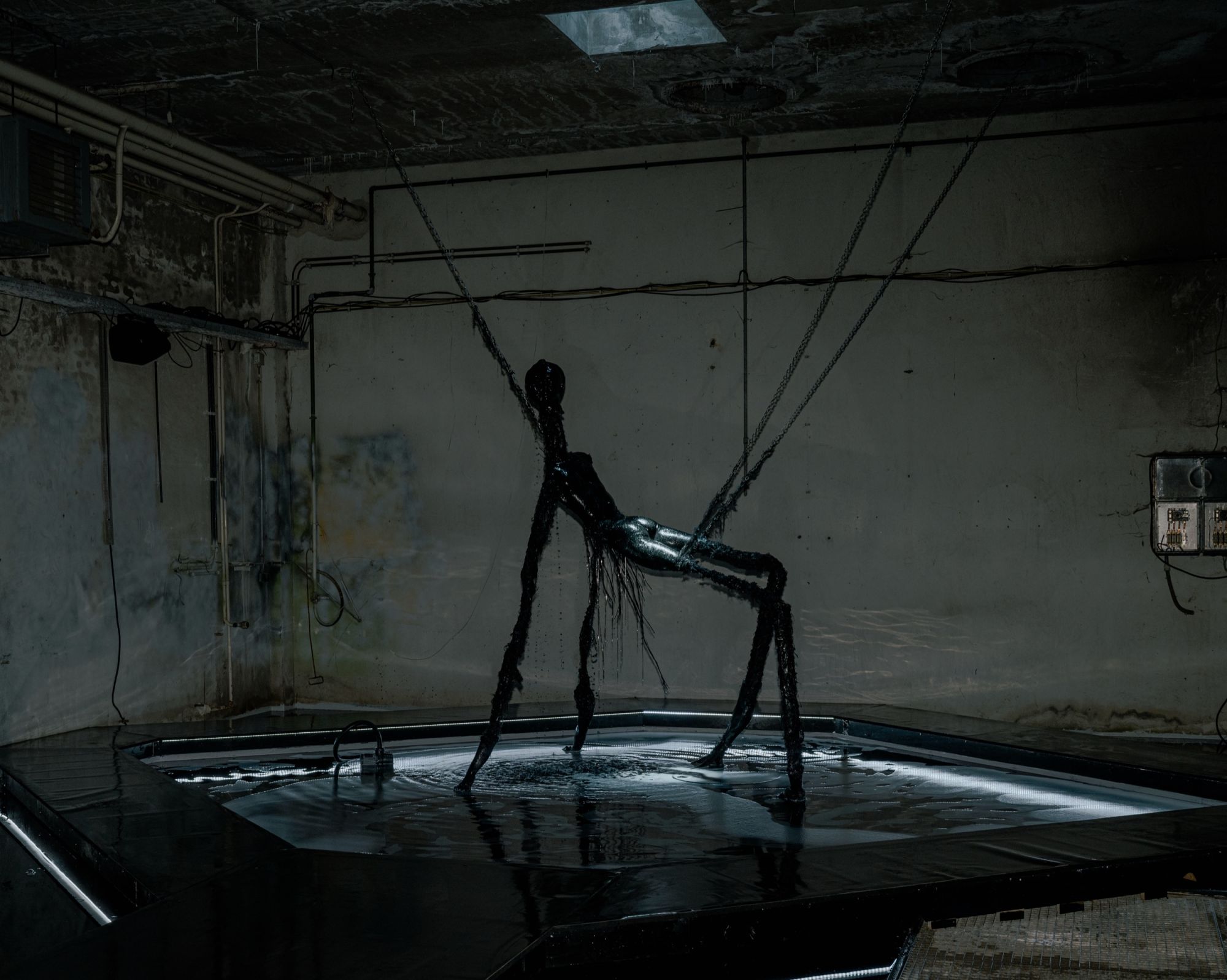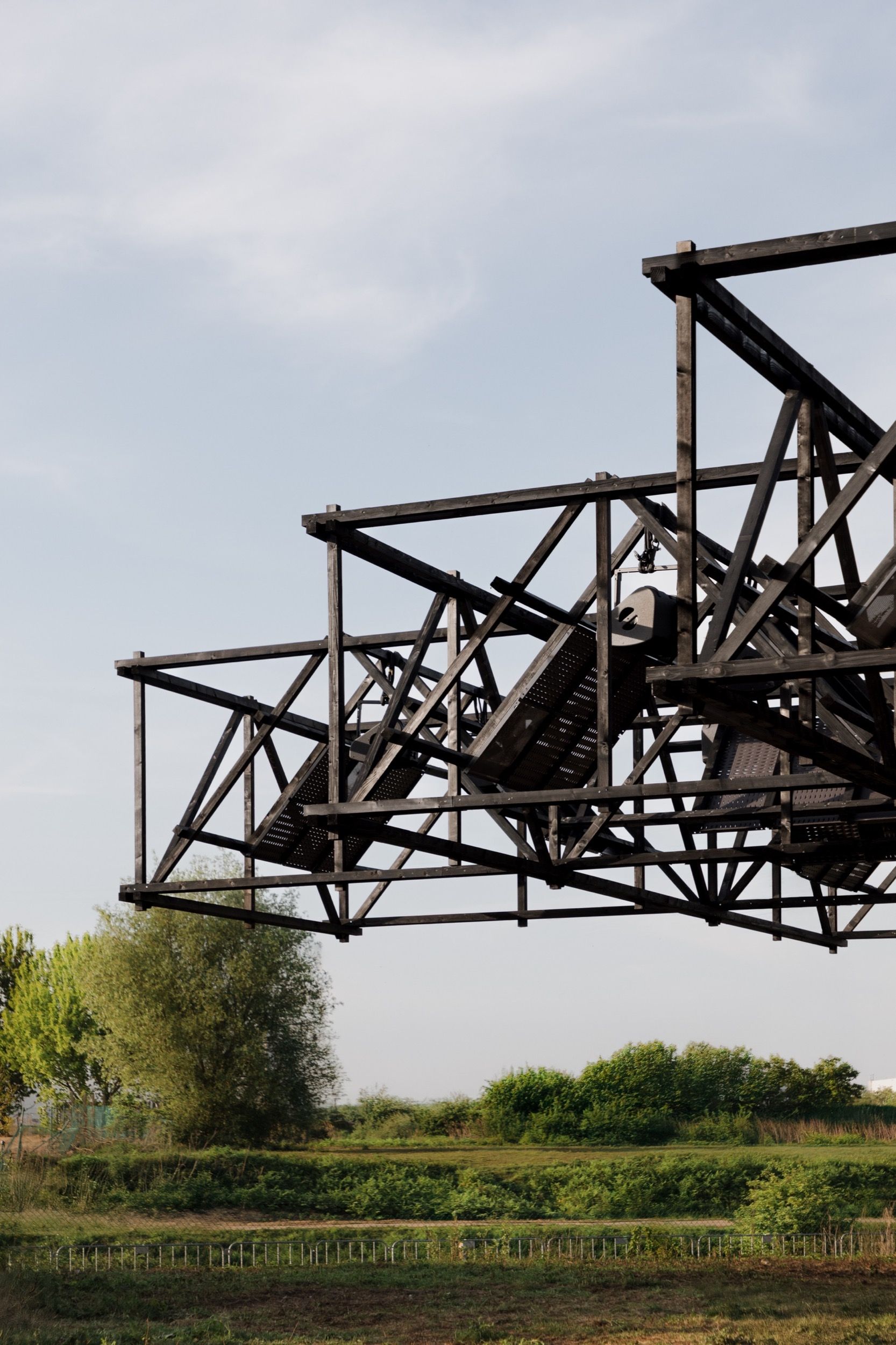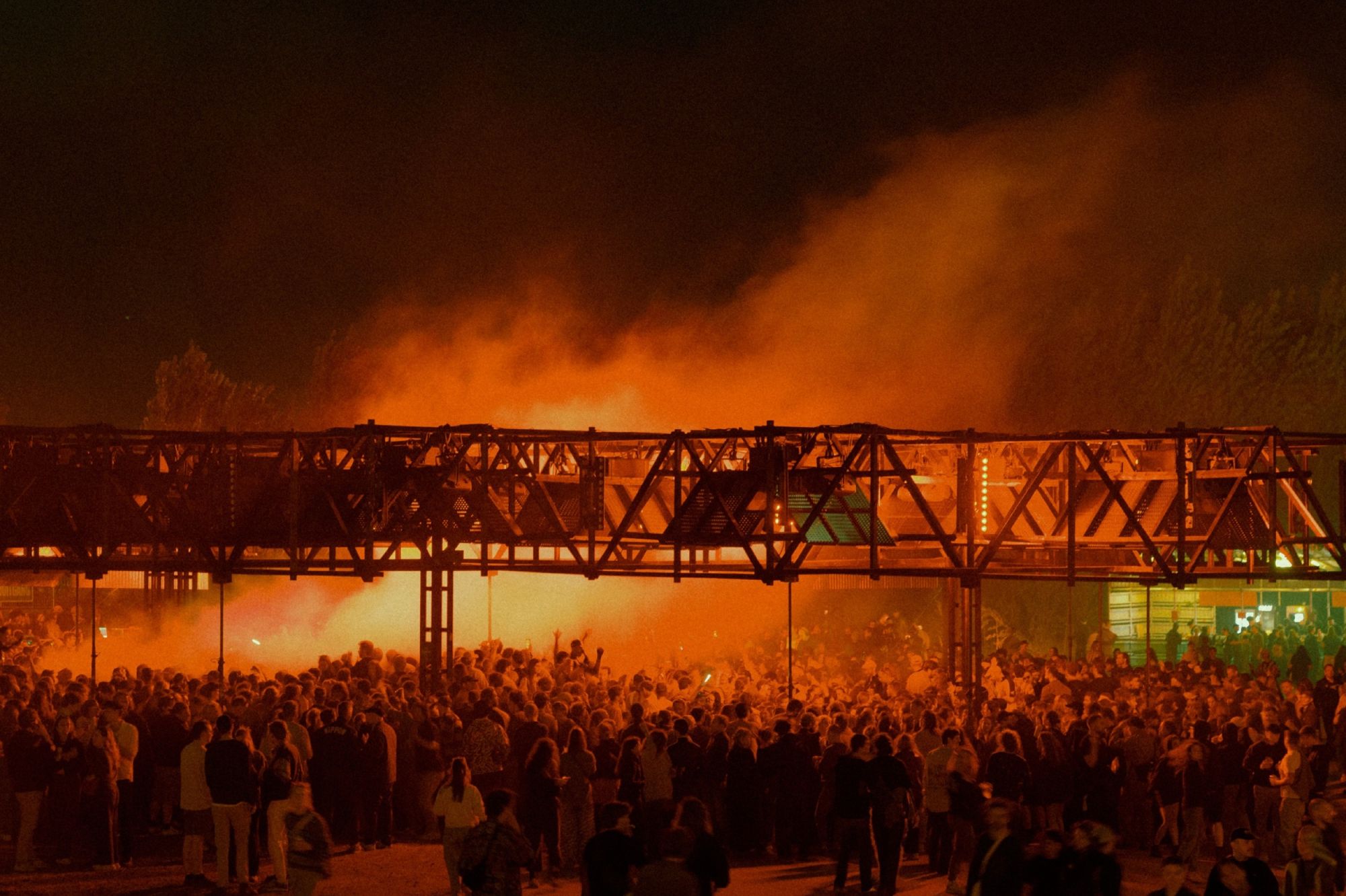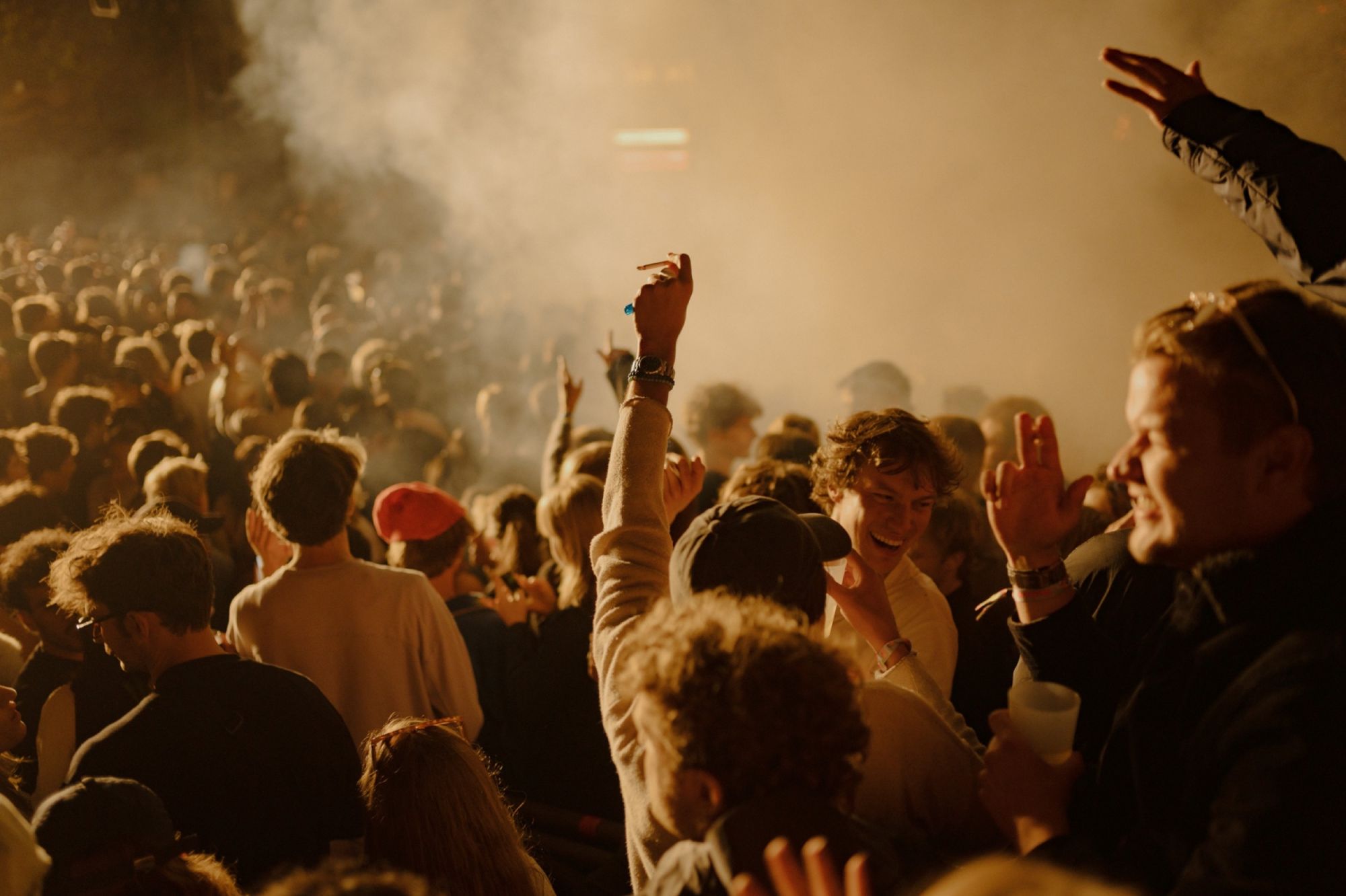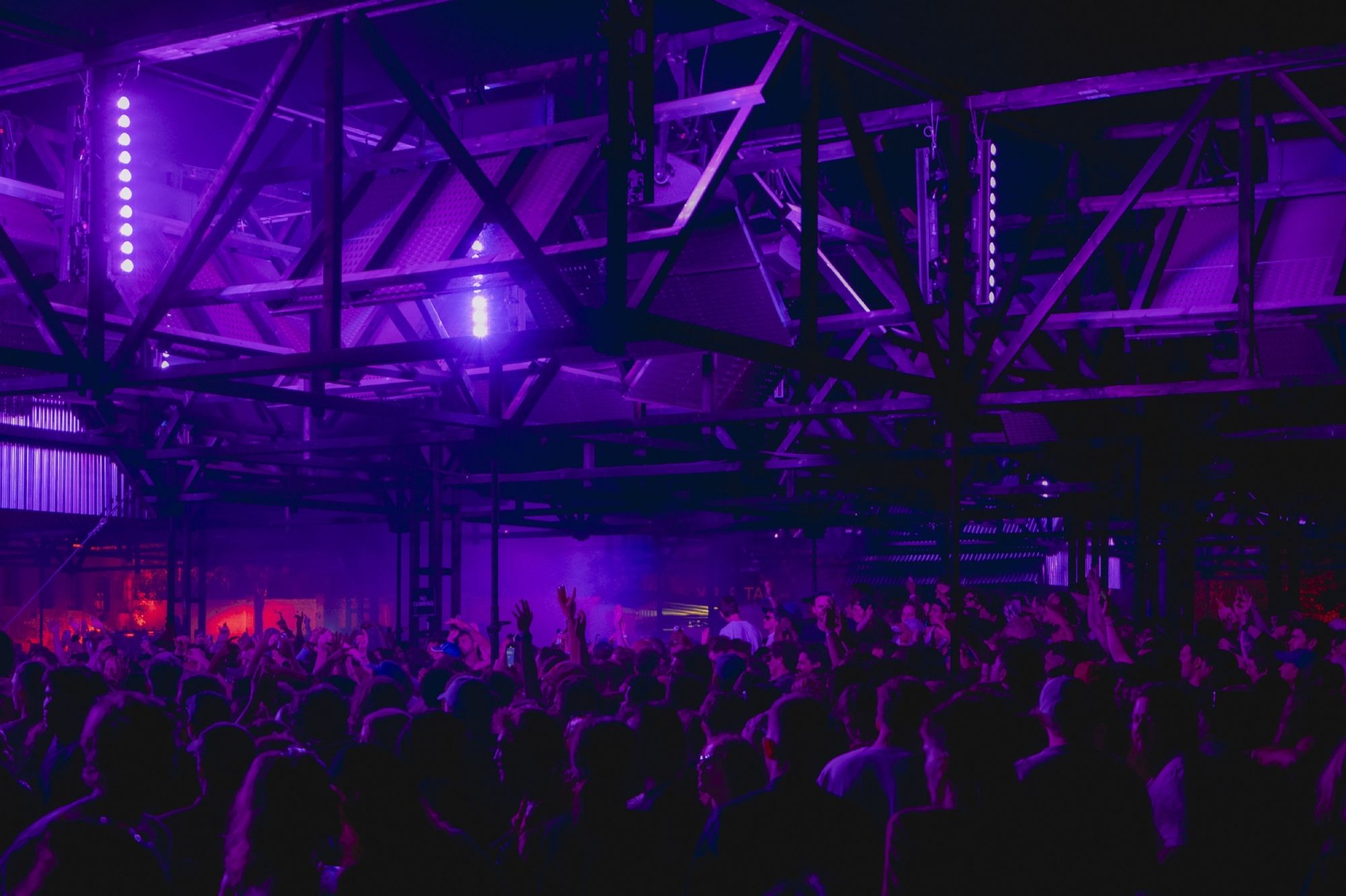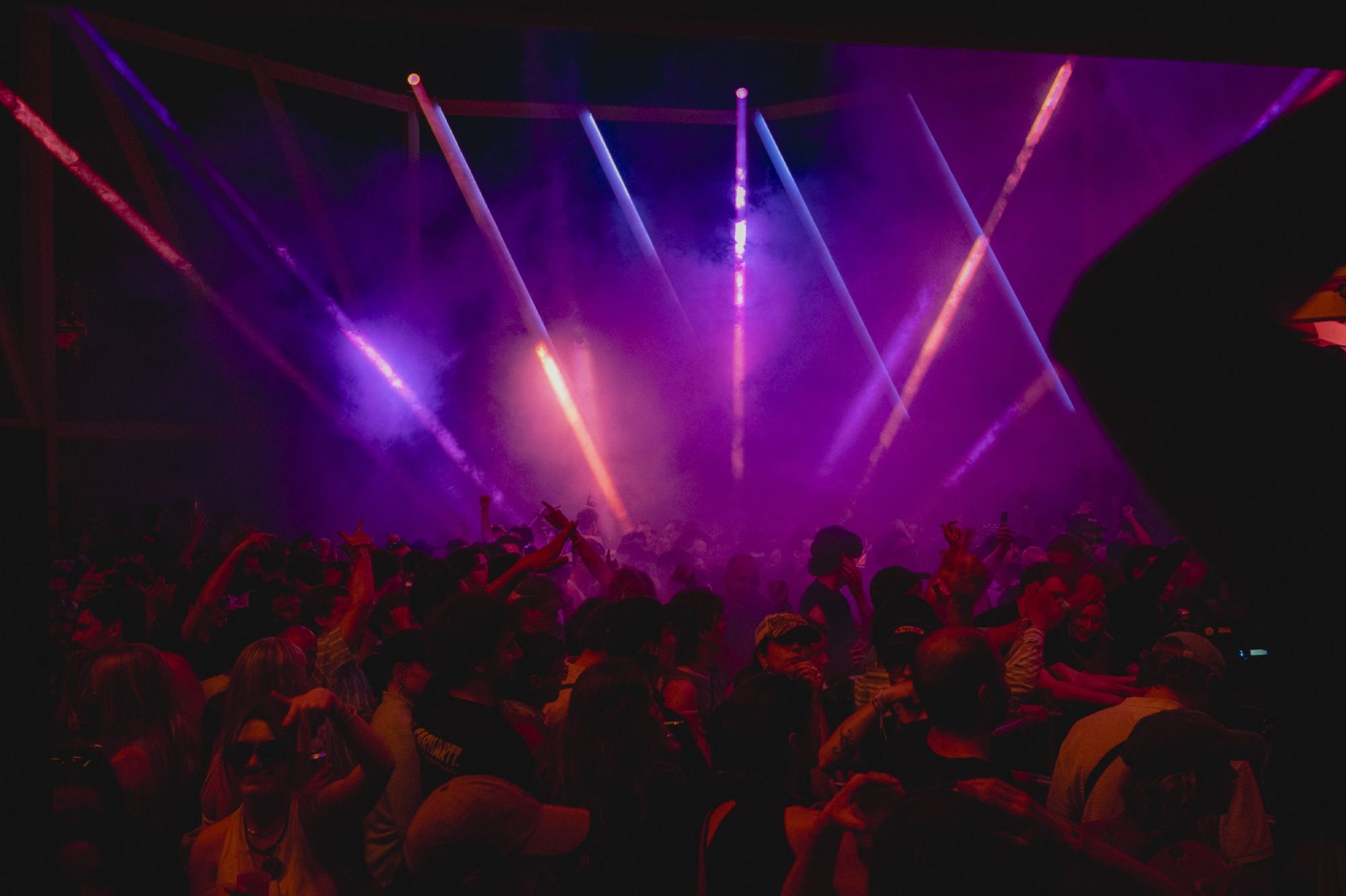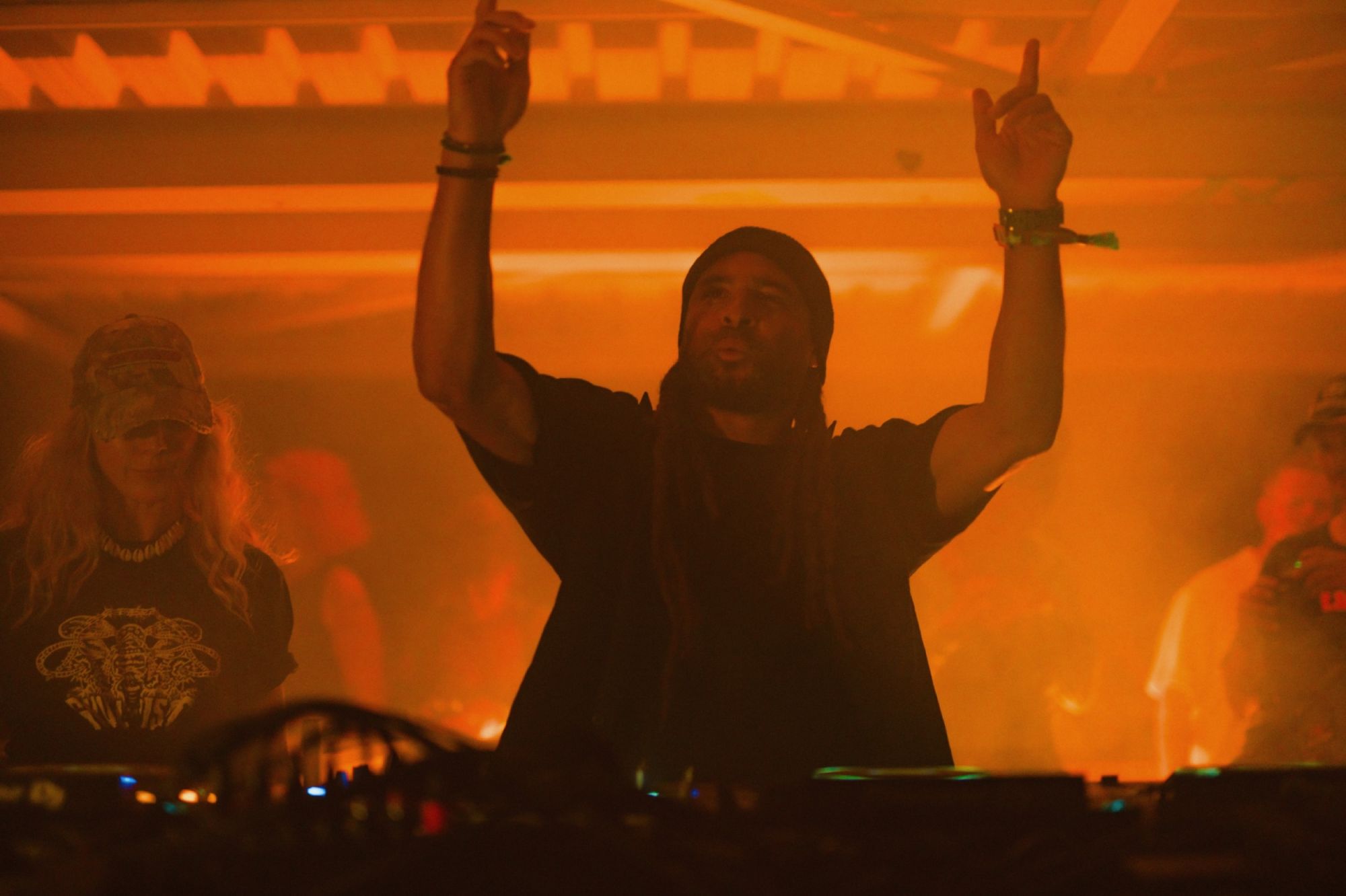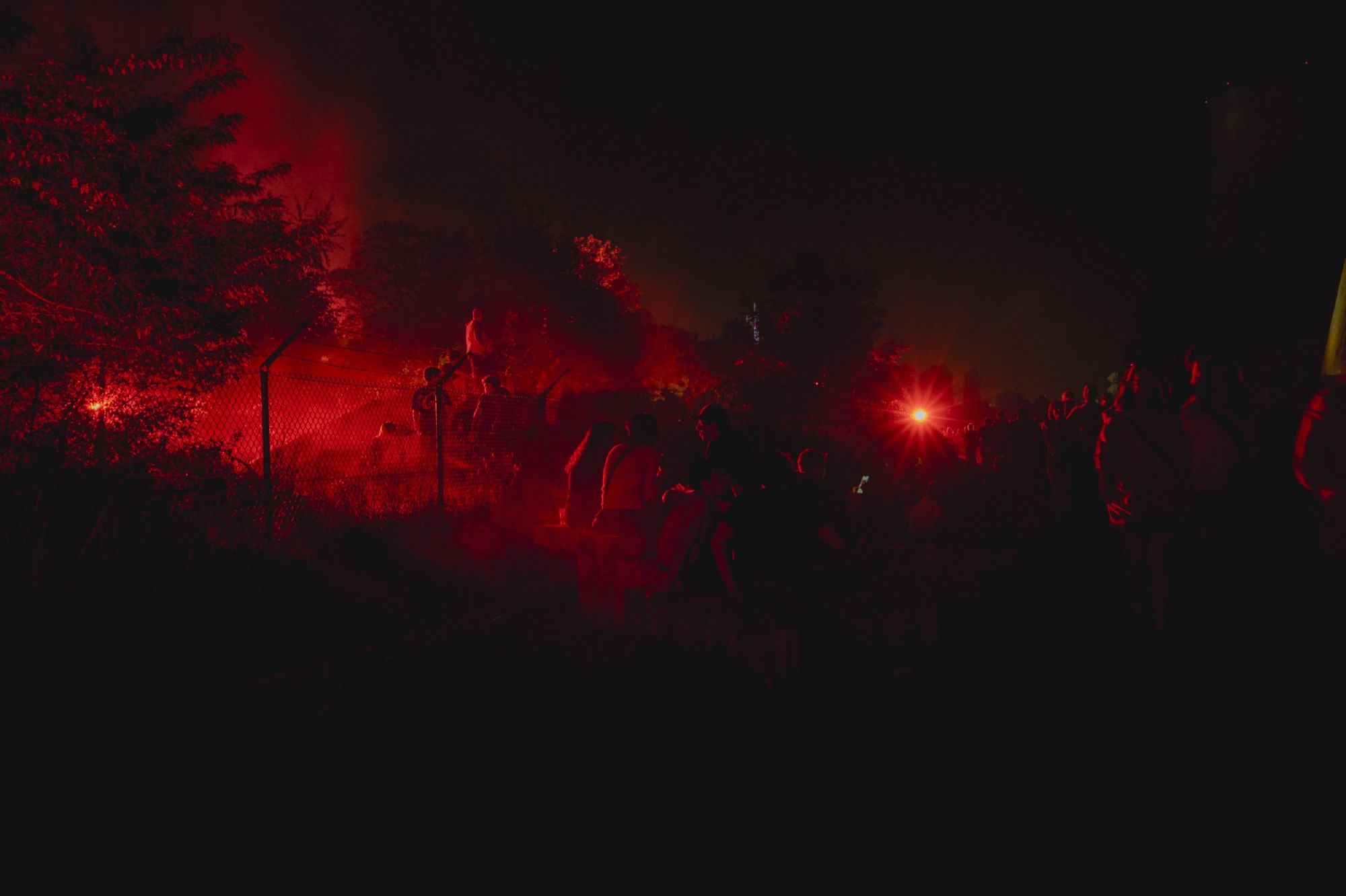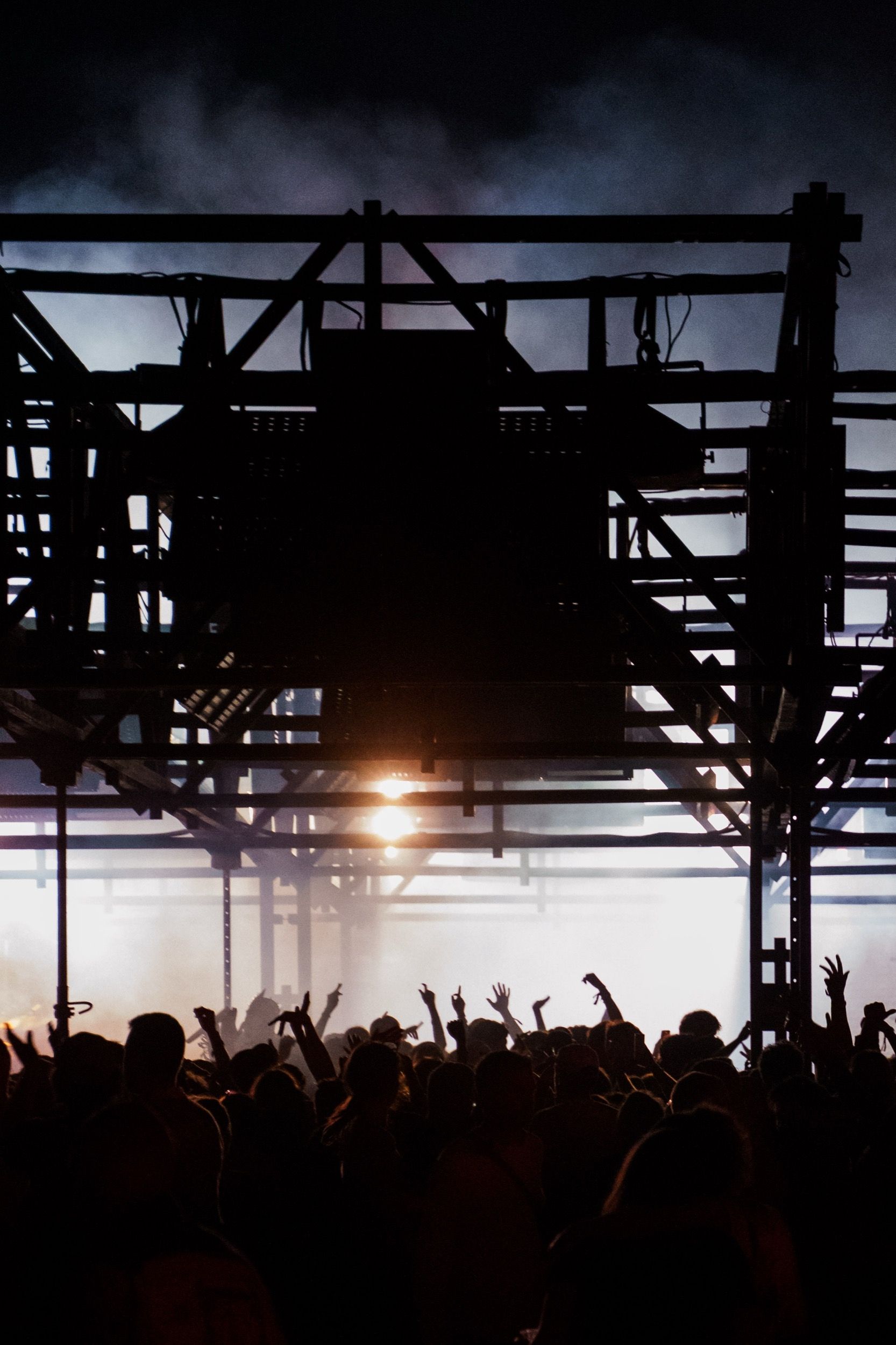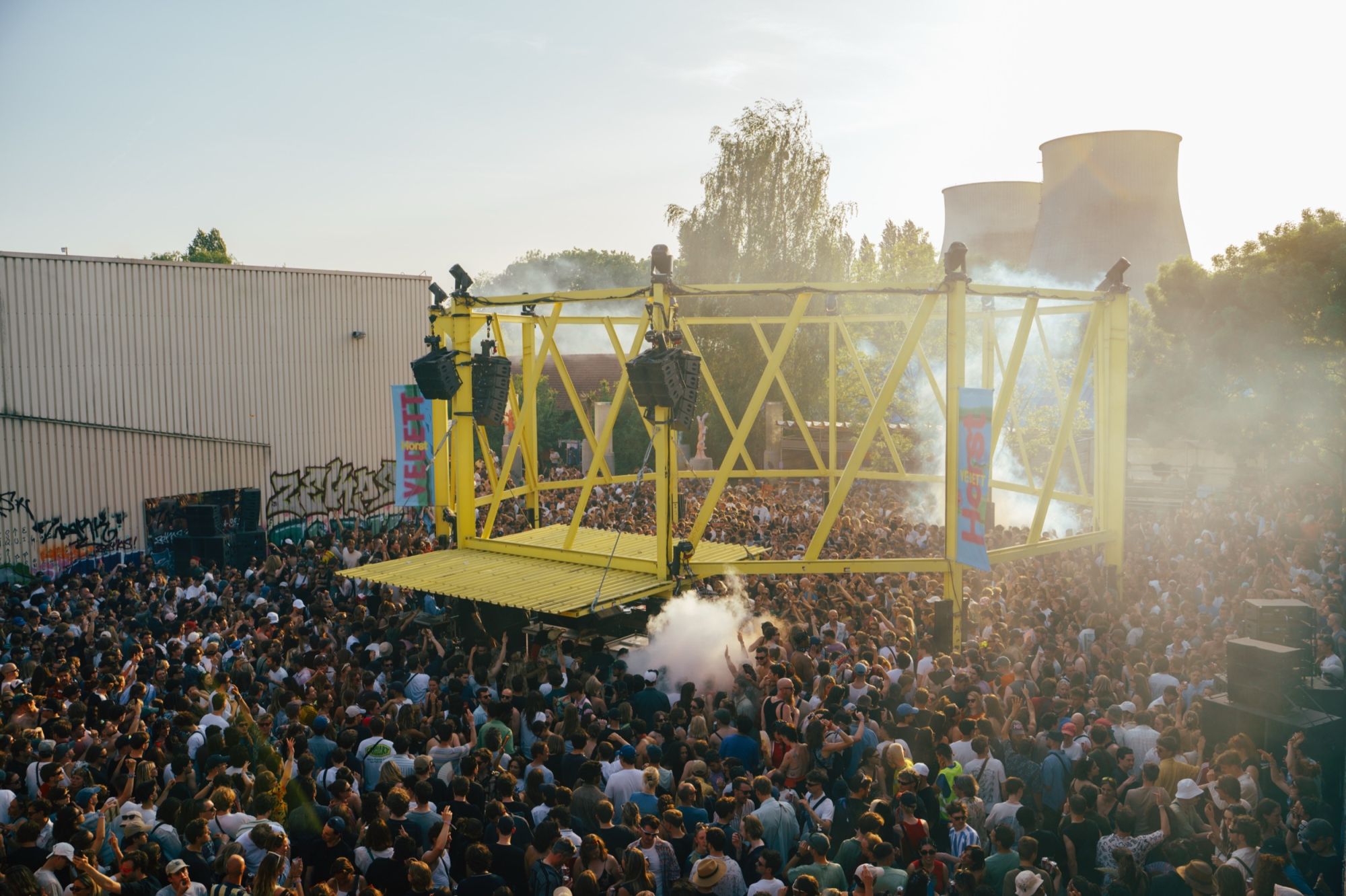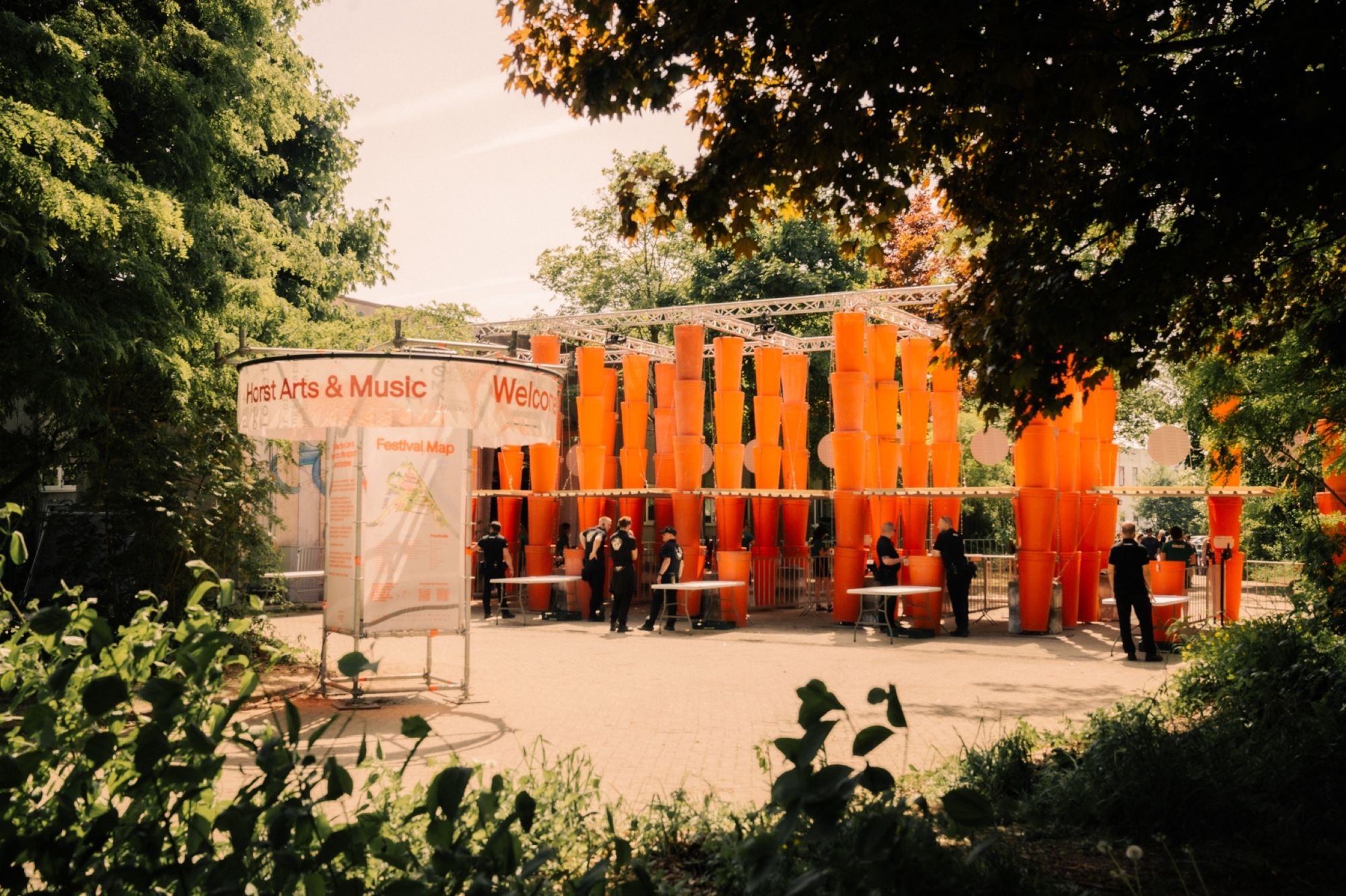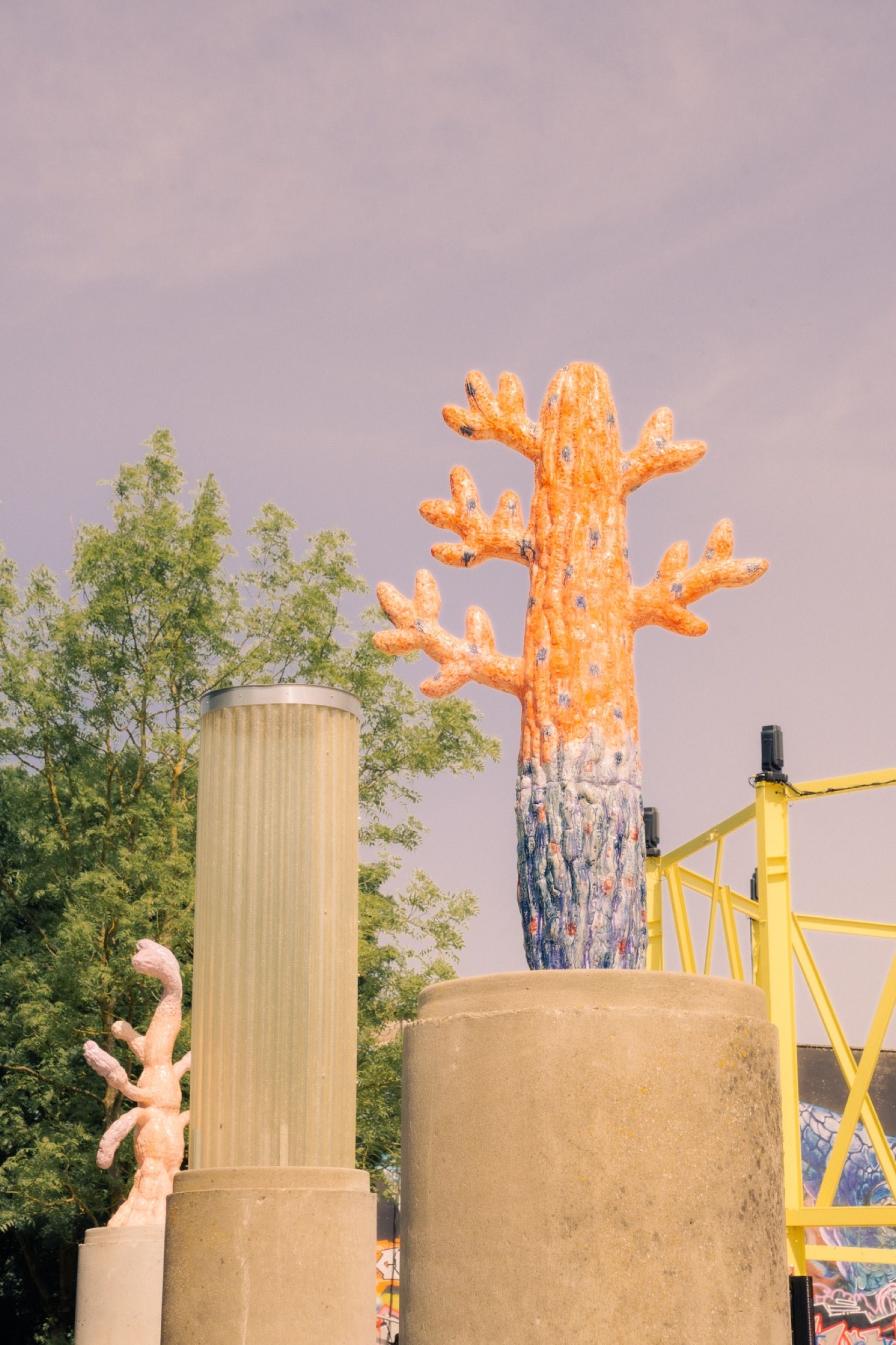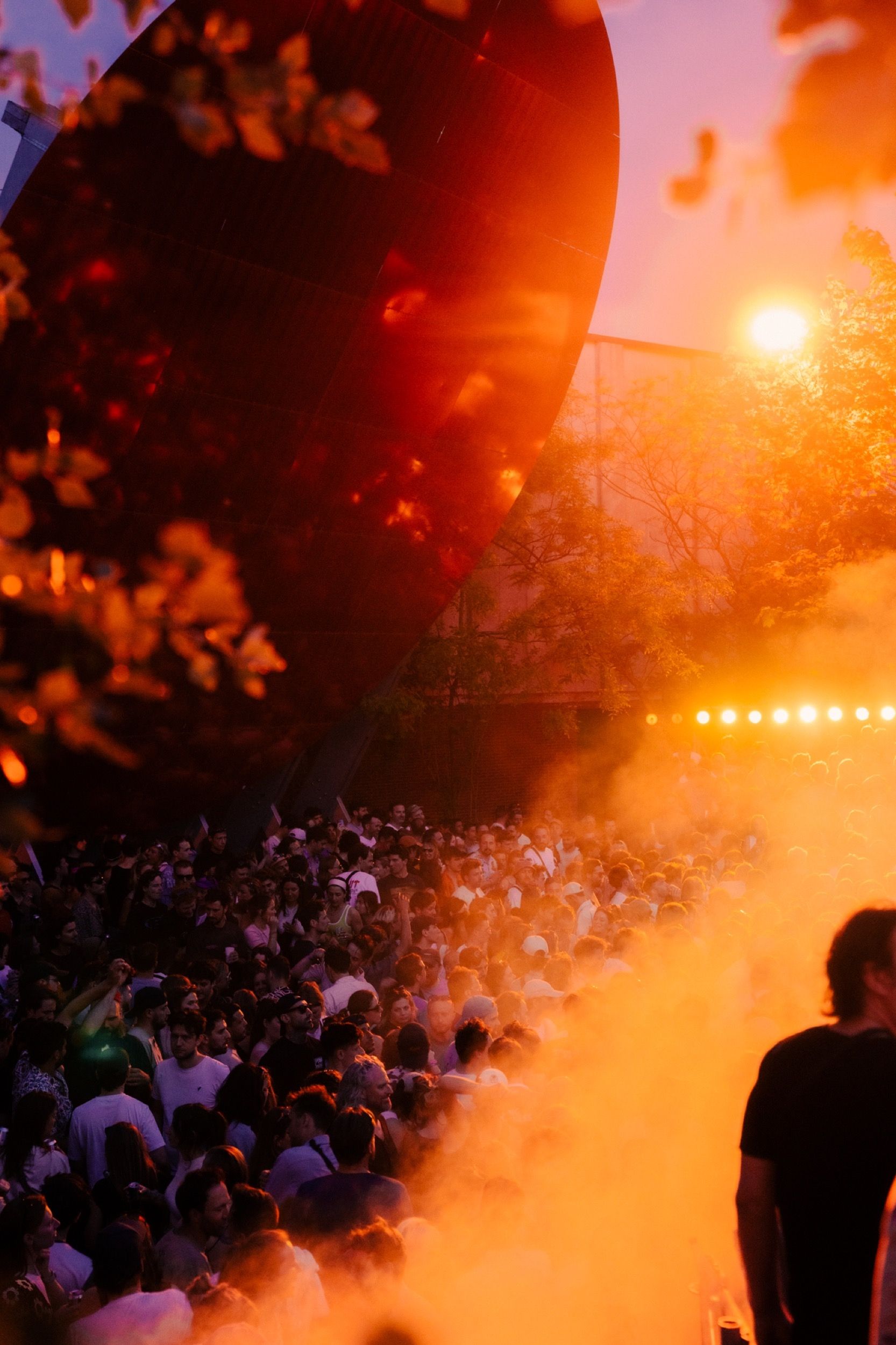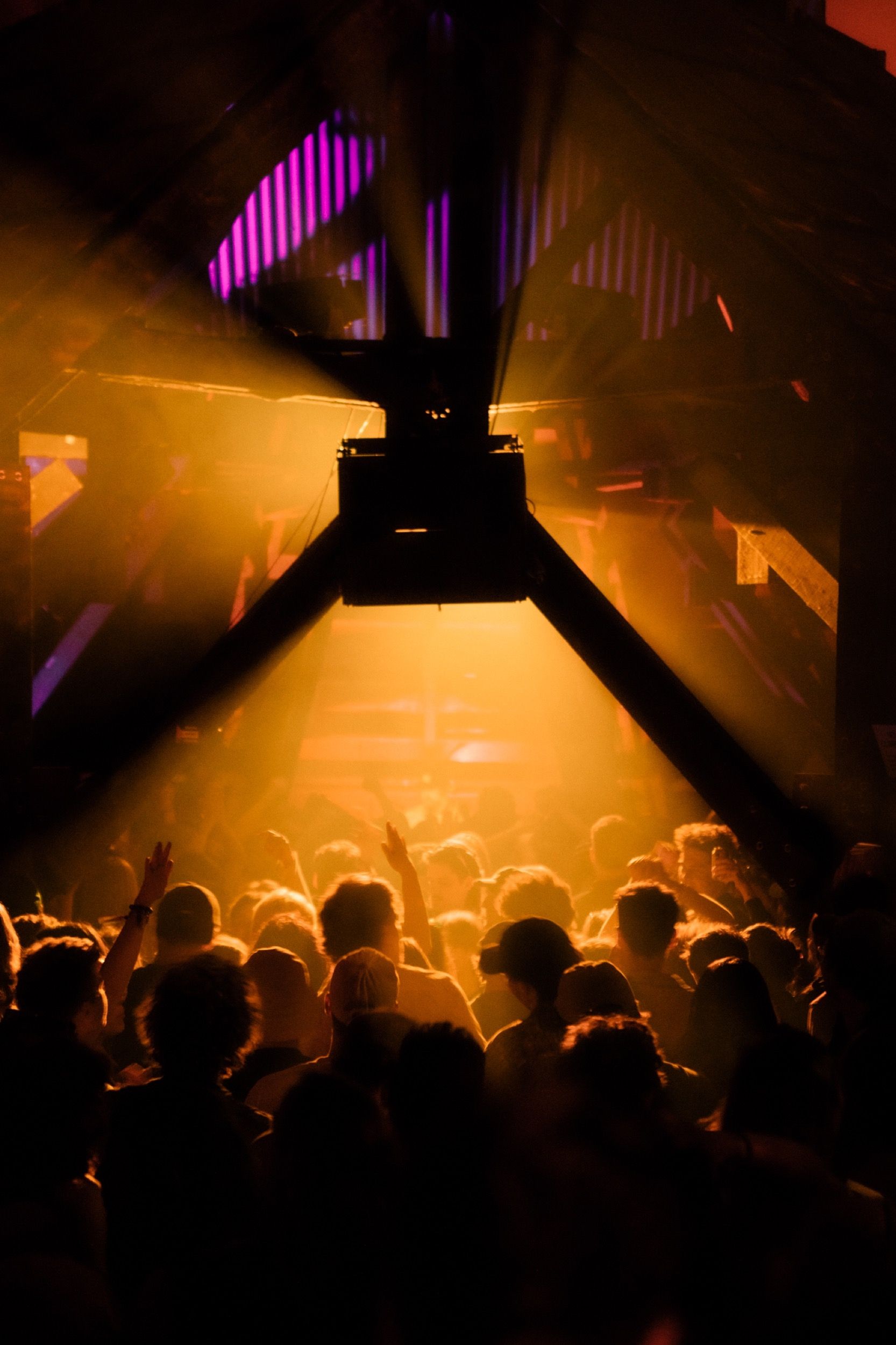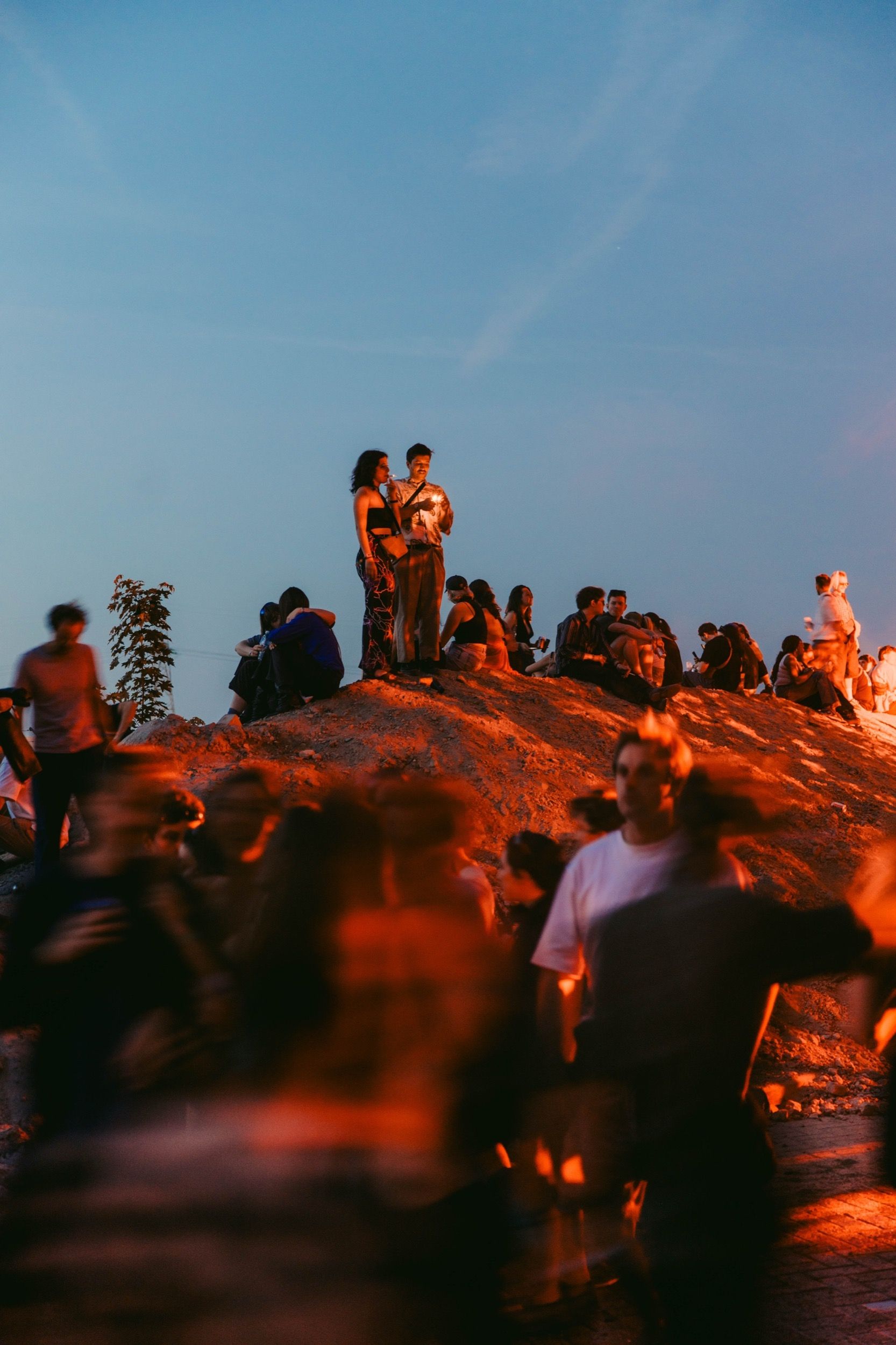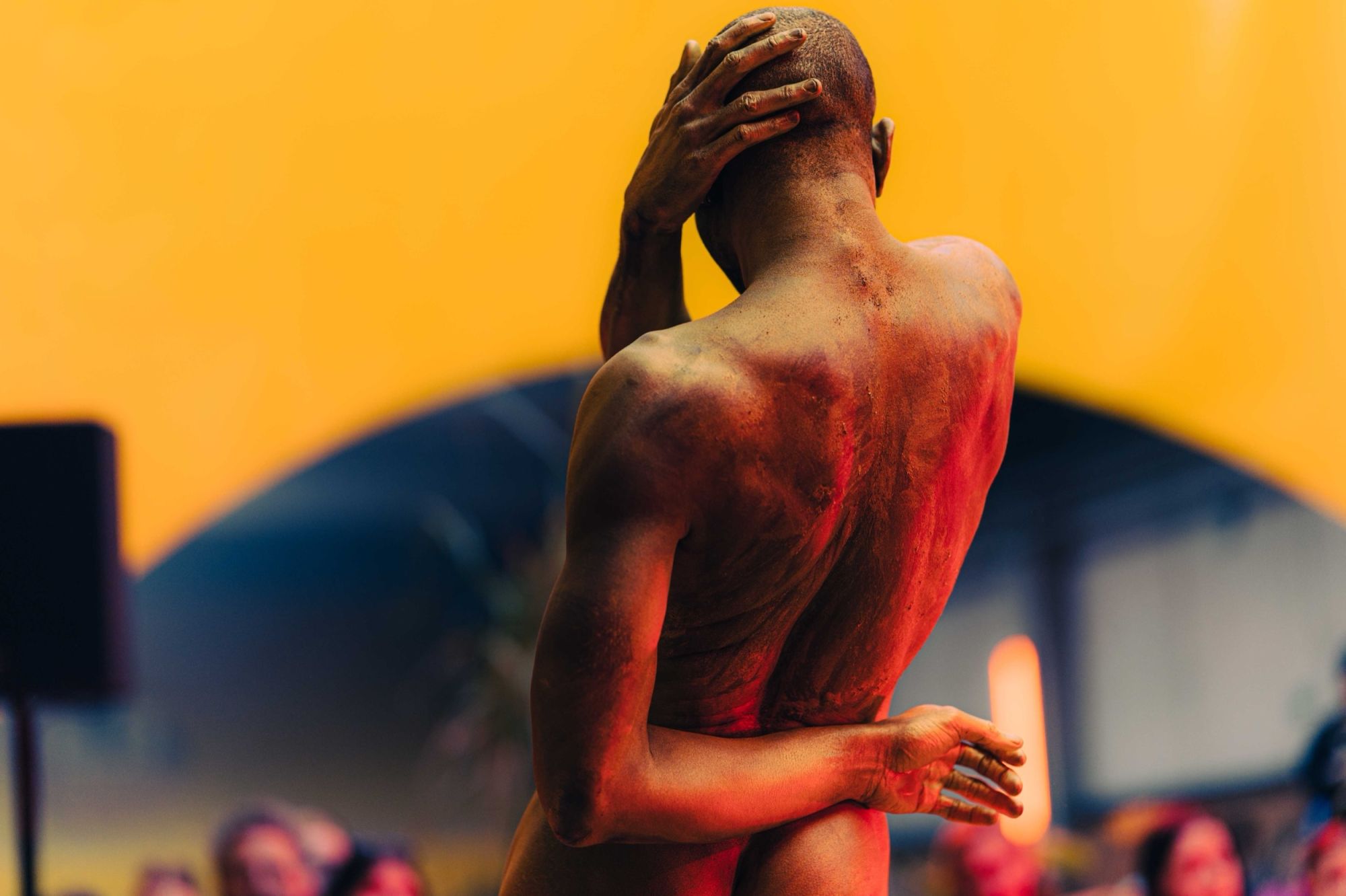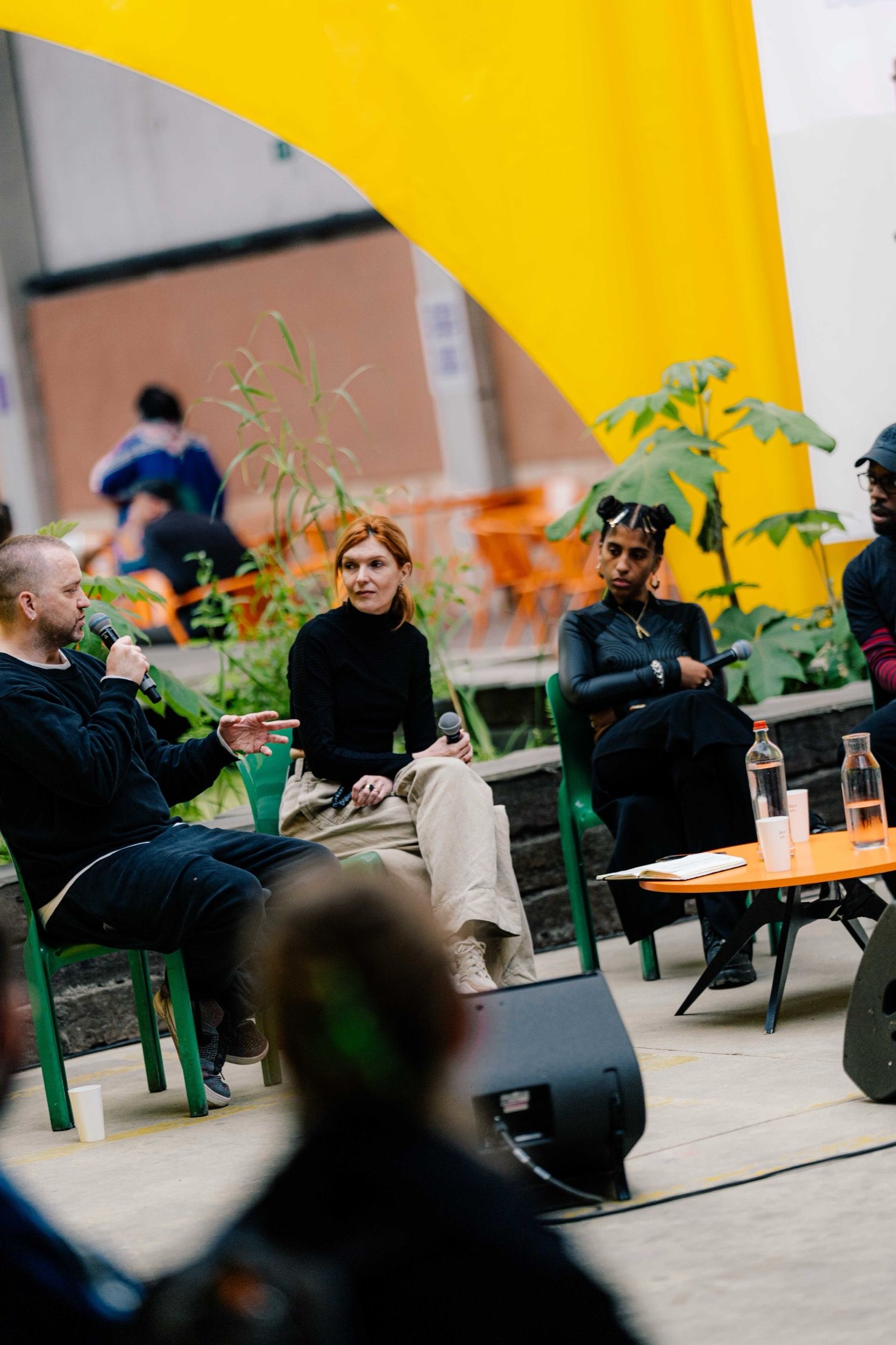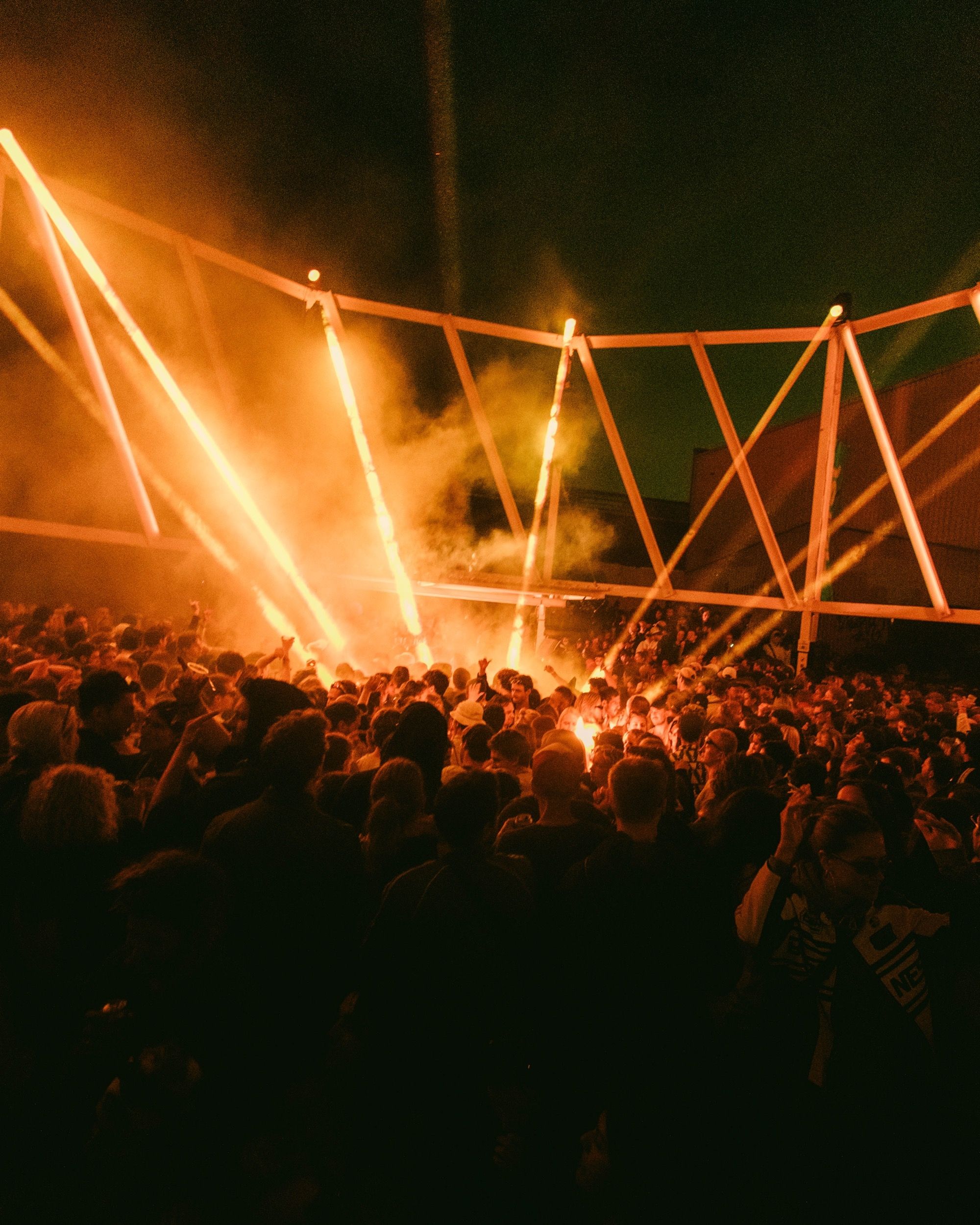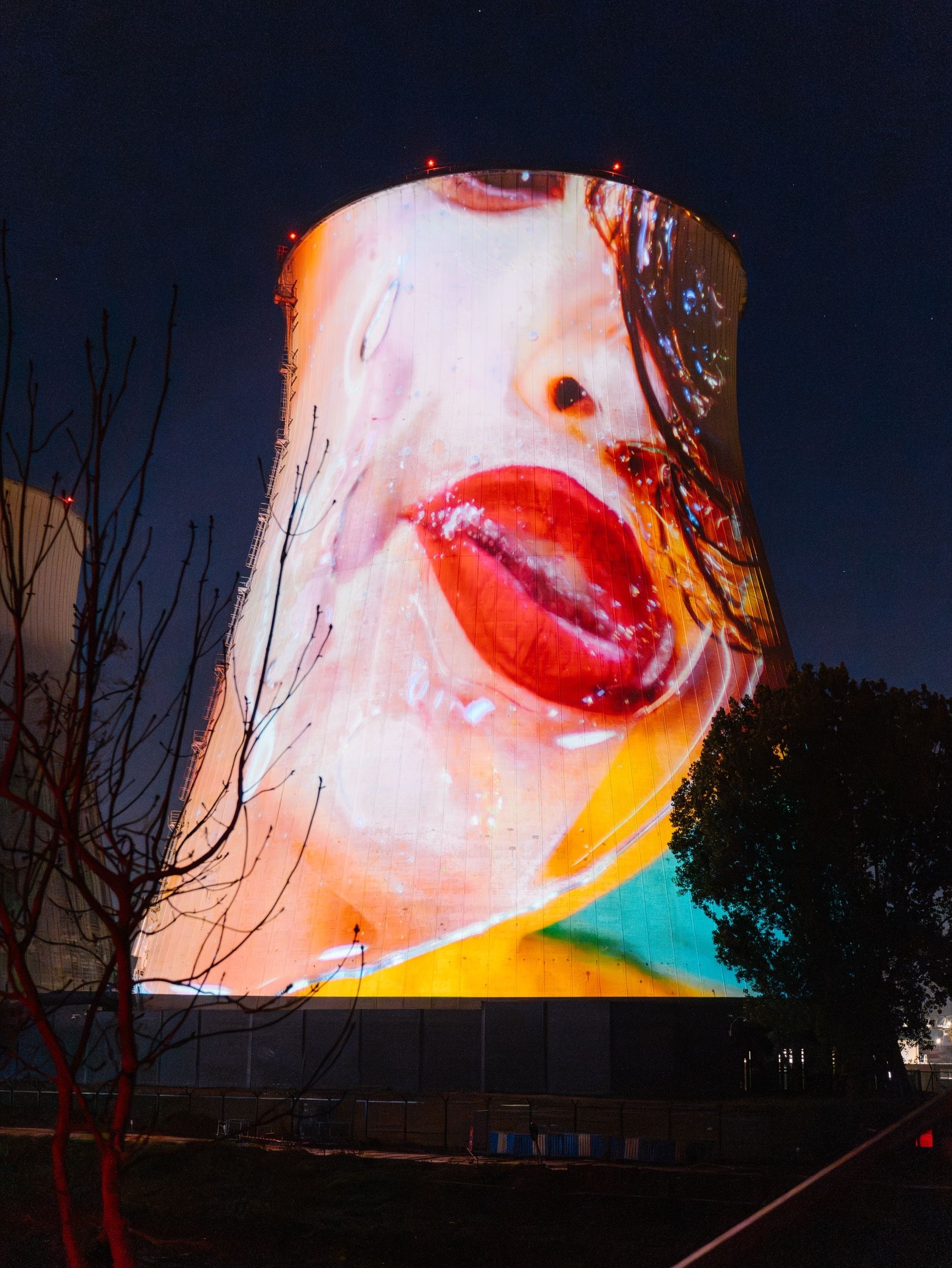
Horst Music Festival is redefining what a festival can, and should, be From collaborative architecture to engaged art, Horst is setting a new standard for music festivals in Europe
Brussels is undergoing a cultural renaissance. It is no longer just the political heart of Europe: it is a creative capital in full expansion, especially in the worlds of music and art. Today, music is the fourth tourism driver of the city, showing how quickly the scene is growing. At the core of it all is the city’s multicultural identity — a vibrant mix of languages, backgrounds, and visions that fuels an authentic, grassroots creativity. This spirit comes alive at the Horst Music Festival, held in the surreal atmosphere of Asiat Park in Vilvoorde. The area — a former military base reclaimed by nature and transformed through art — feels like a forgotten village reinvented by a community of visionaries. Horst isn’t just unique. It’s necessary. Over the course of the three days, attention wasn’t only drawn to the quality of the music or the incredible stage design, but above all to the active presence of young people everywhere: not just on the dancefloor, but also on the construction sites of the individual stages, building the experience with their own hands. Volunteers and students contributed directly to the creation of several stages, working side by side with artists and architects. A rare, tangible, deeply inclusive approach.
As Jochem Daelmans, co-director of the festival, recounts: “We design our stages with an artistic-architectural mindset. It’s a process where artists facilitate other artists — people who see the world differently. For the young team of volunteers behind the Moon Ra stage, co-designed with architect Leopold Banchini, it was a real journey. There were 14 of them, half women, and some had never cut a piece of wood before. It was challenging, but in the end, they felt part of the stage. It became a form of empowerment.” An interdisciplinary spirit that reached its peak with the “Dark Skies” stage, one of the most intense of the festival. The result of a surprising collaboration between techno legend DVS1 and architects Leopold Banchini and Giona Bierens De Haan, the stage was built using upcycled materials. An impressive system of 174 speakers was suspended from the ceiling, creating a “roof of sound” that wrapped the audience in a precise and multidimensional sound field. It wasn’t just a place to dance; it was an acoustic sculpture to immerse yourself in.
The music program also lived up to the vision. A line-up that skillfully blended heavyweight global names with emerging voices: Four Tet, Surgeon, Eris Drew, Objekt, and Job Jobse lit up the stages, while artists like Alia and Kuba’97, closely tied to the Horst community, brought fresh and authentic energy. Horst doesn’t just invite artists: it nurtures them, supports them, elevates them. Visual art also played a powerful role. One of the most moving installations was by Kenza Taleb, an Algerian-Belgian designer and the mind behind Kasbah Kosmic, who created a piece focused on the symbolic meaning of flags — a theme loaded with politics and personal identity. “Flags are fabric — like clothes — but they also represent identity, symbols, deep meanings,” the designer explained. “For me, it was about exploring the invisible parts hidden in the flag, the narratives that are never told. My approach is decolonial: I wanted to strip away the traditional meaning and propose a new perspective. Bringing this story to a festival like Horst, so rich in diverse cultures, was essential.” The desire to address complex topics — through space, sound, design — is what makes Horst radically different. It’s not about escaping reality, but building a new one: collective, conscious. Piece by piece. Hand by hand. In an era where too many festivals look alike, Horst Music Festival chooses another path: it thinks deeply, dares, and redefines what a festival can — and must — be.


